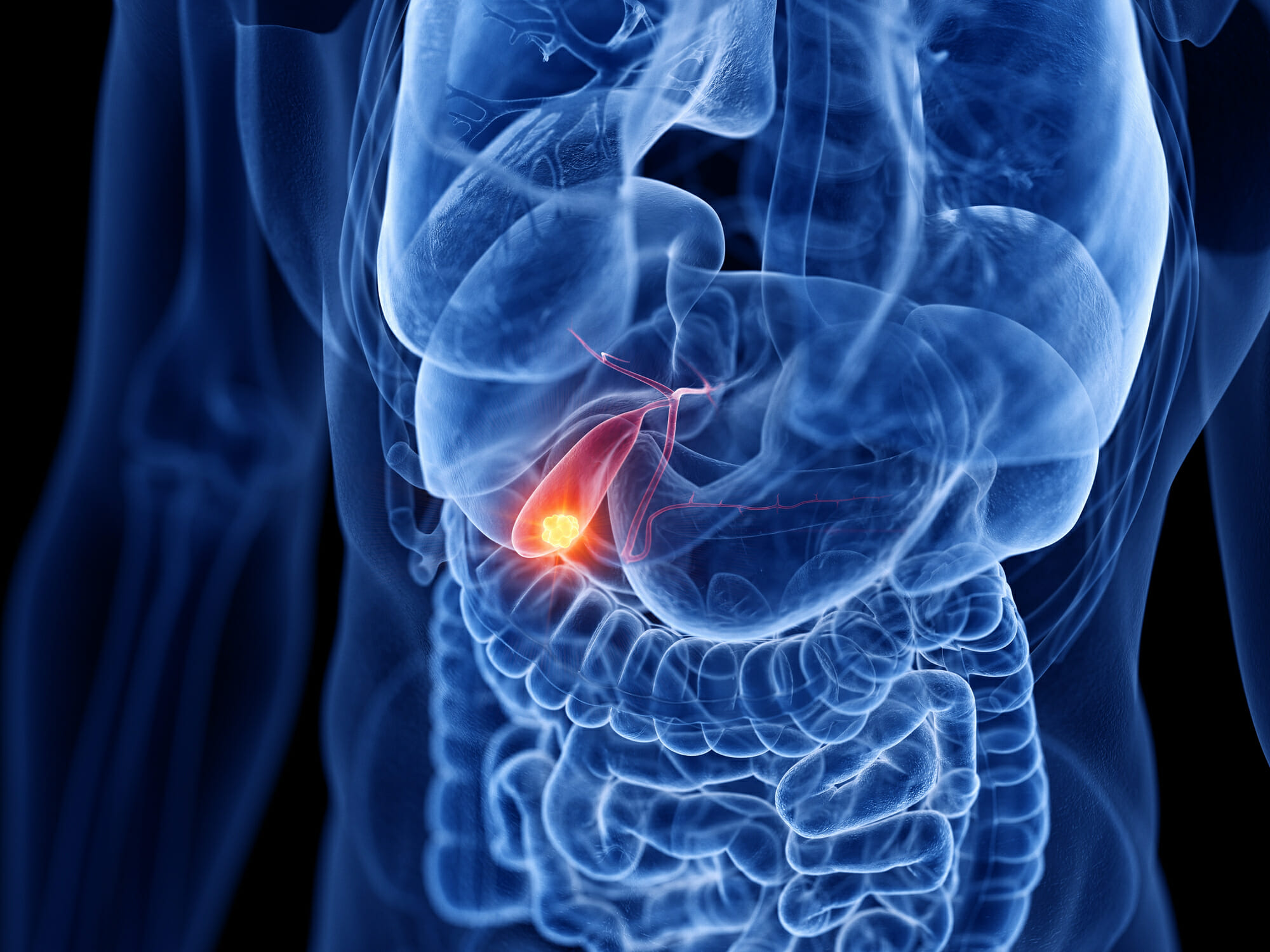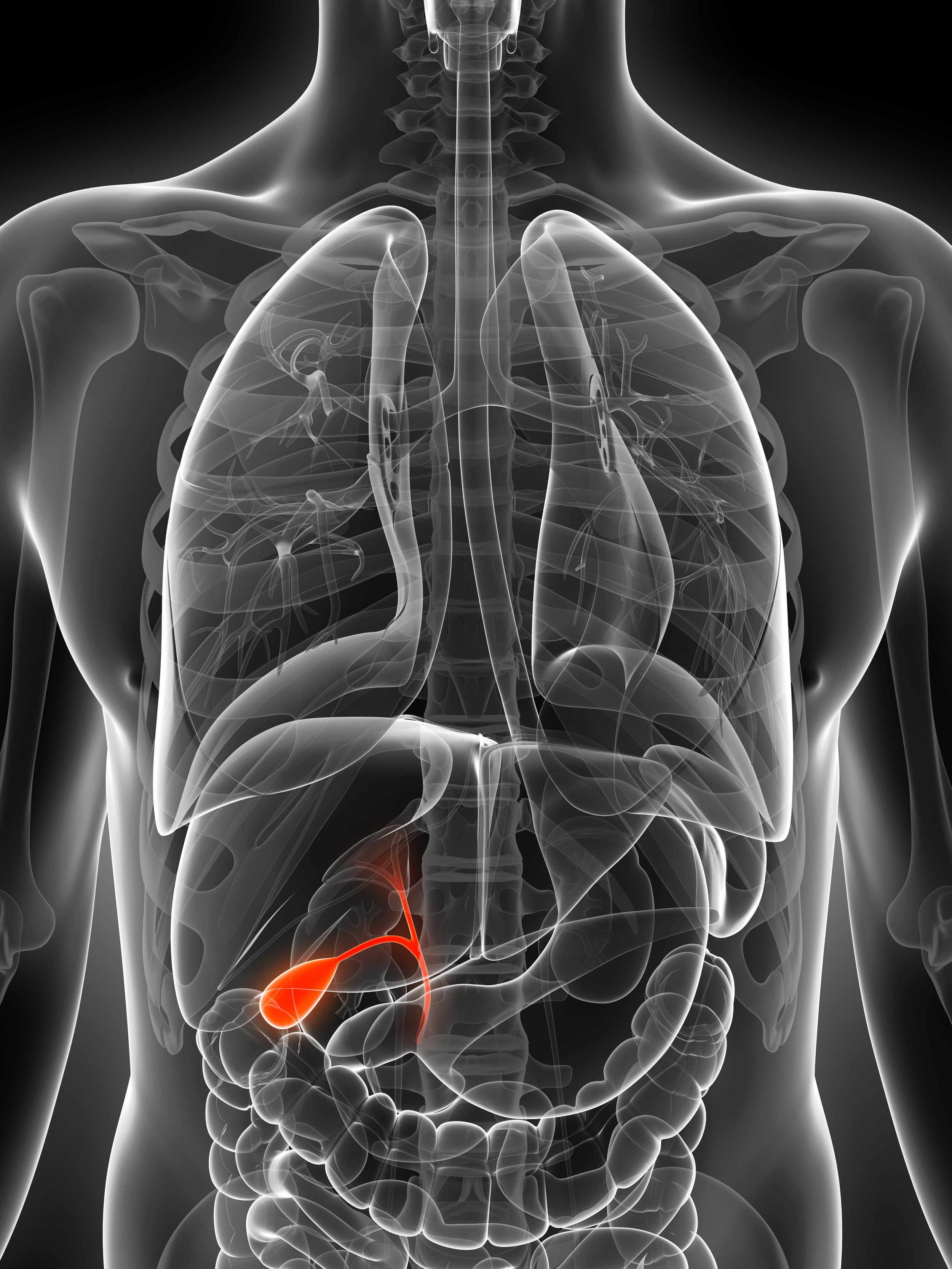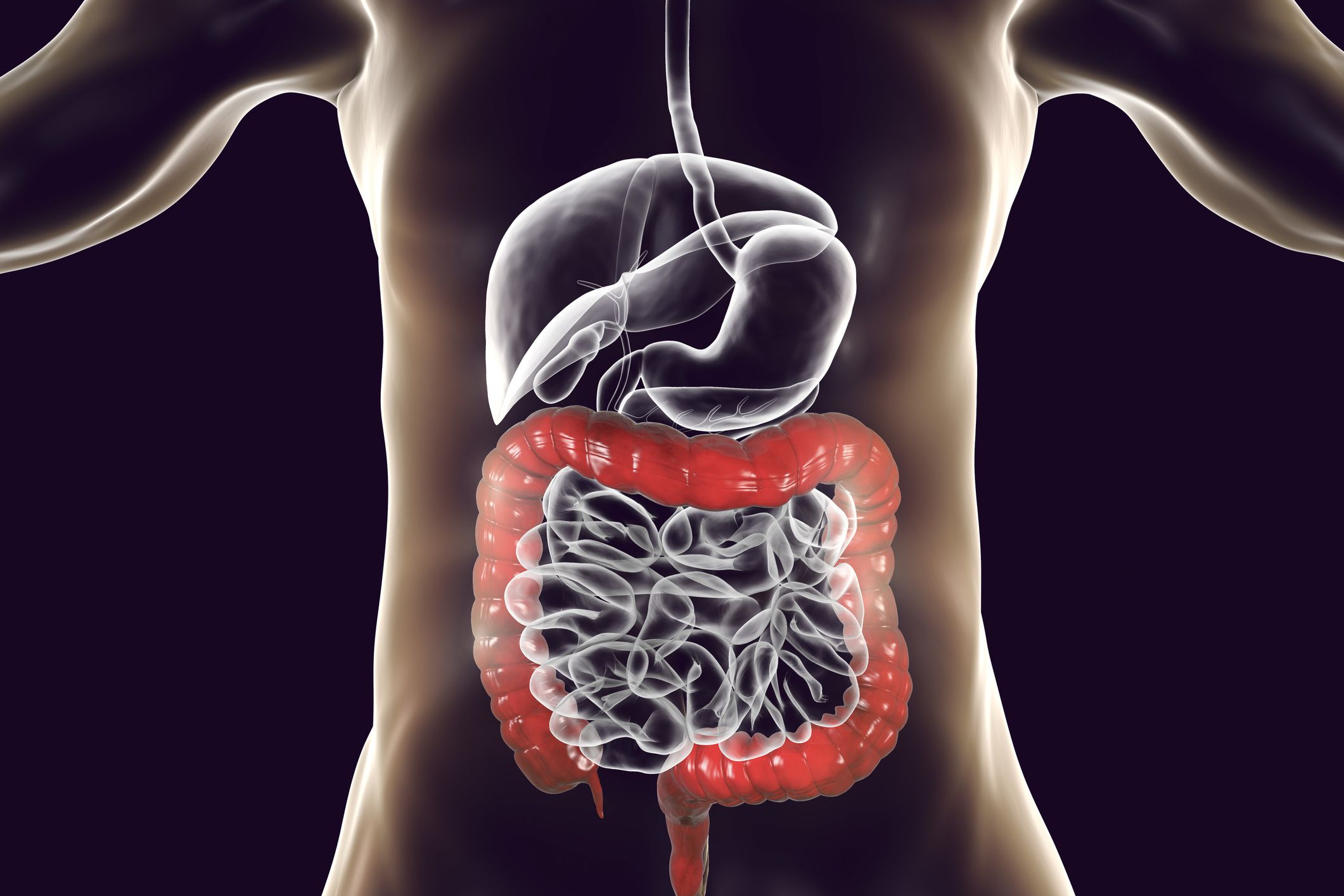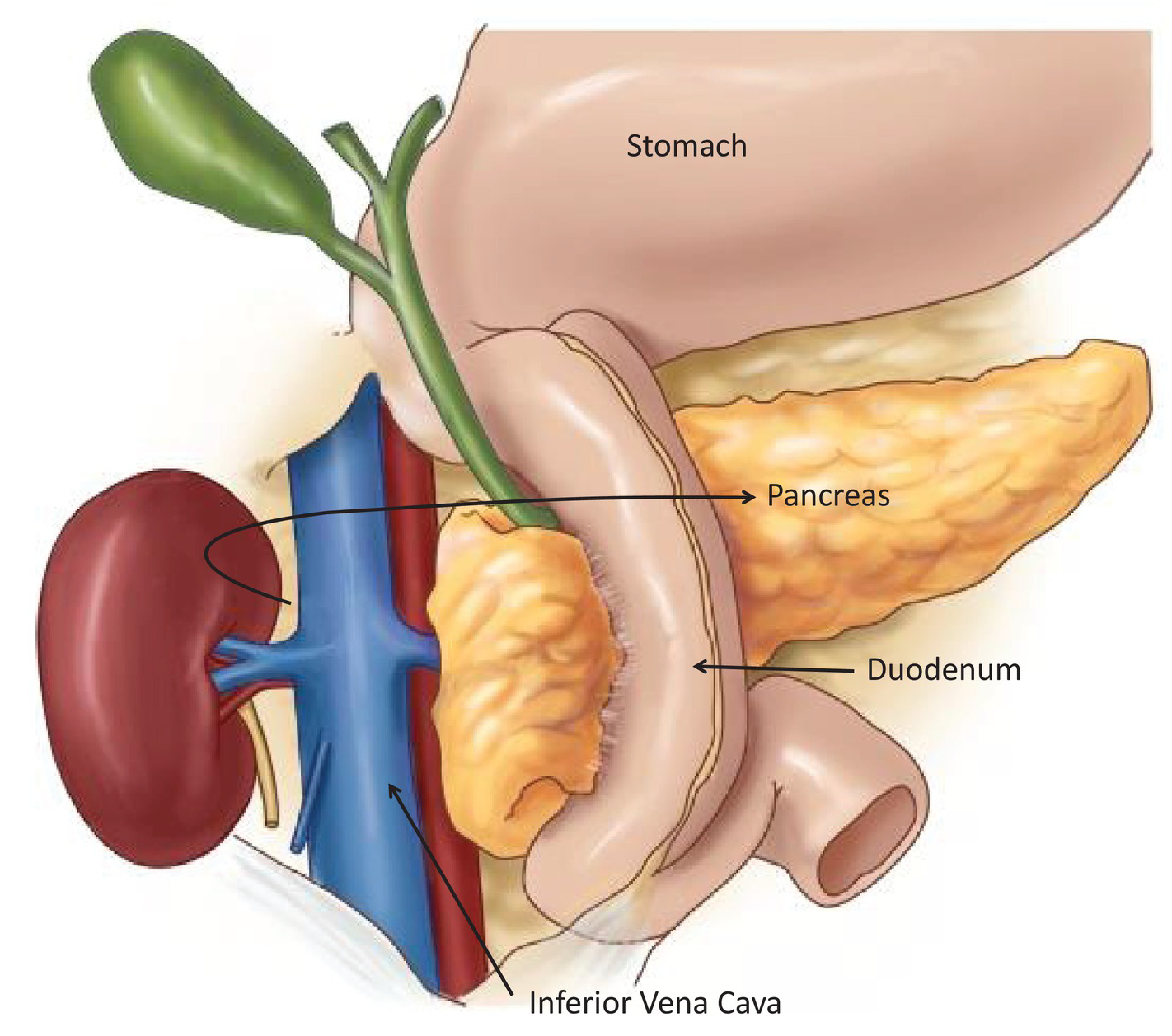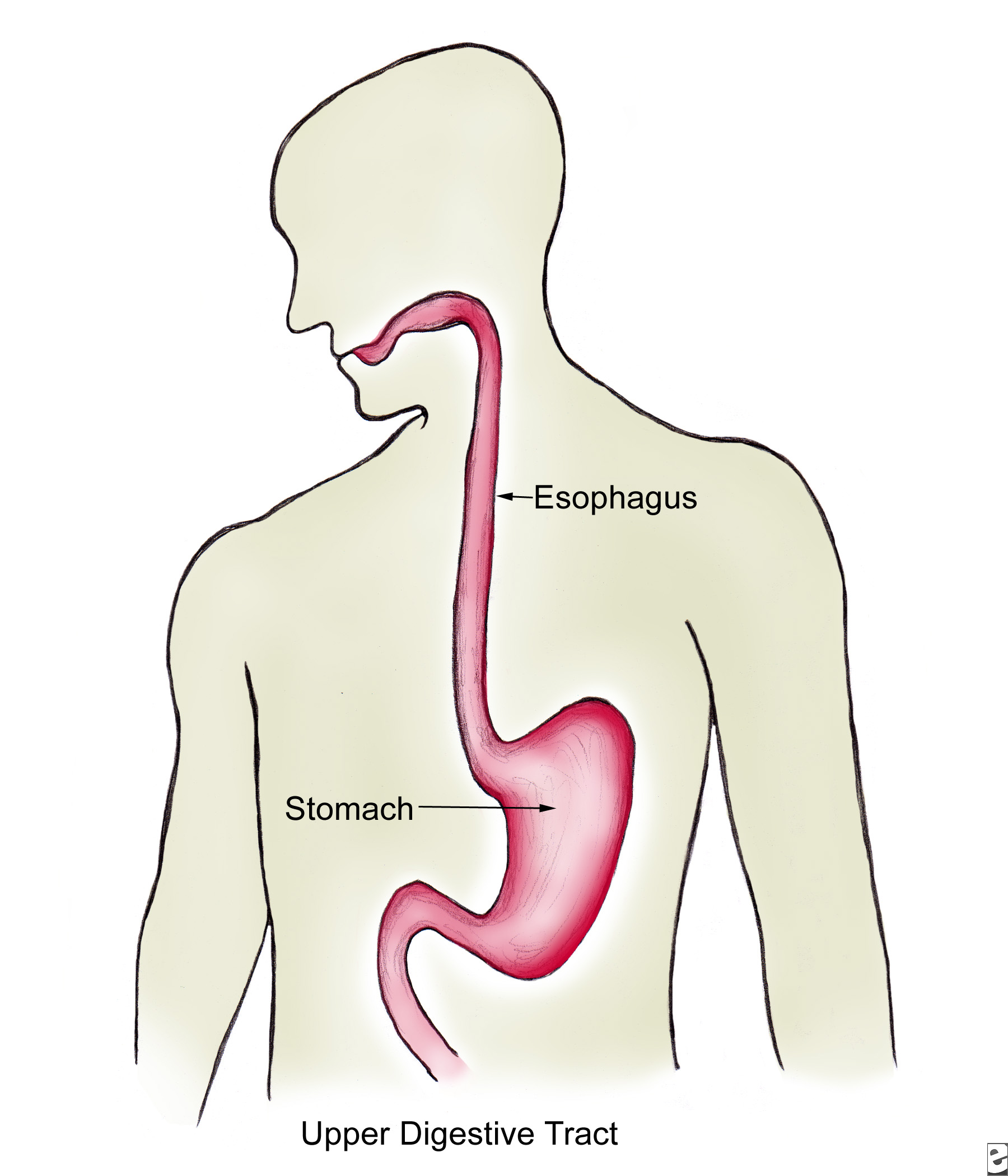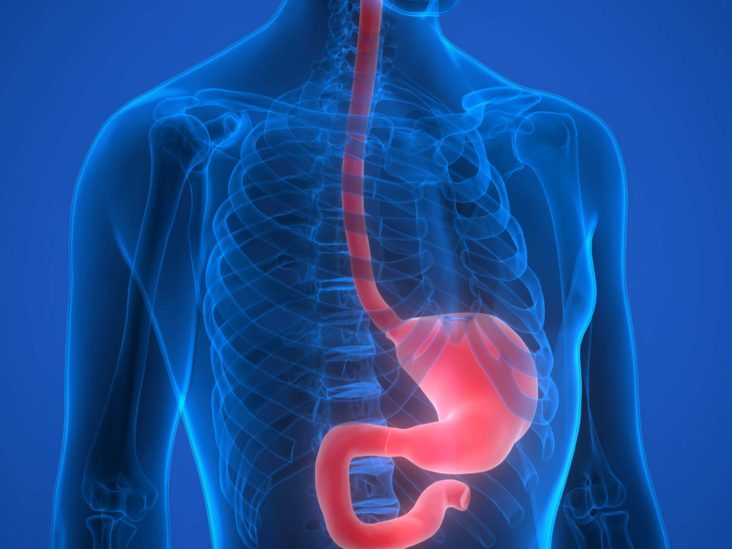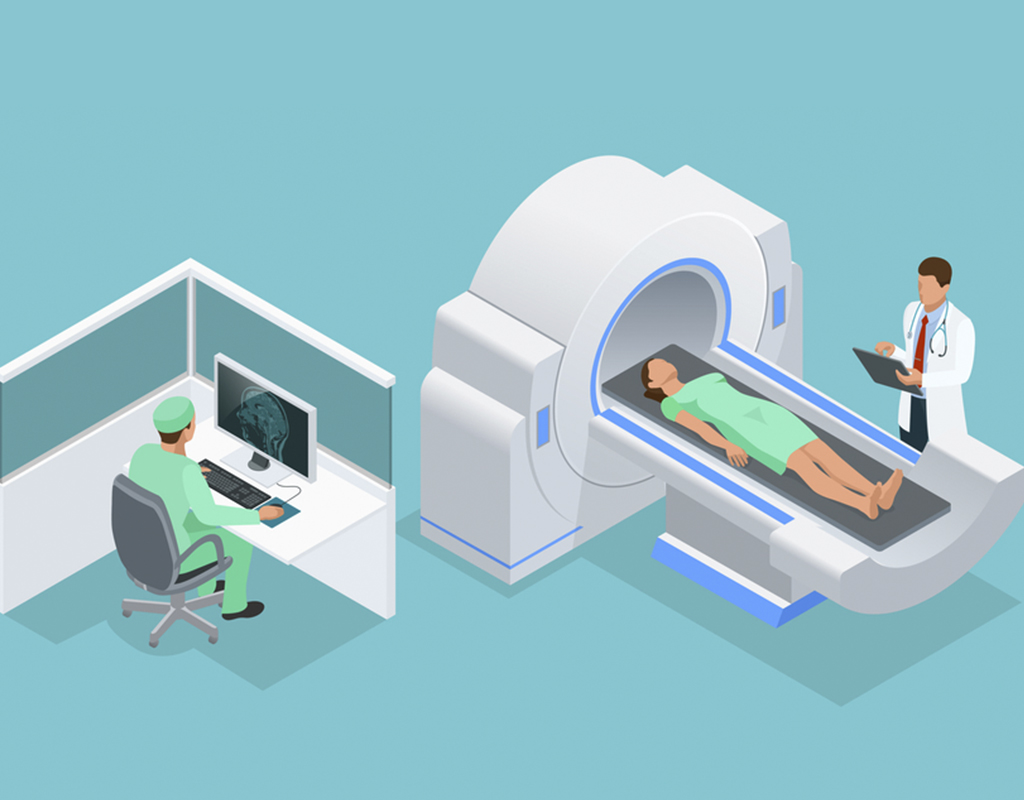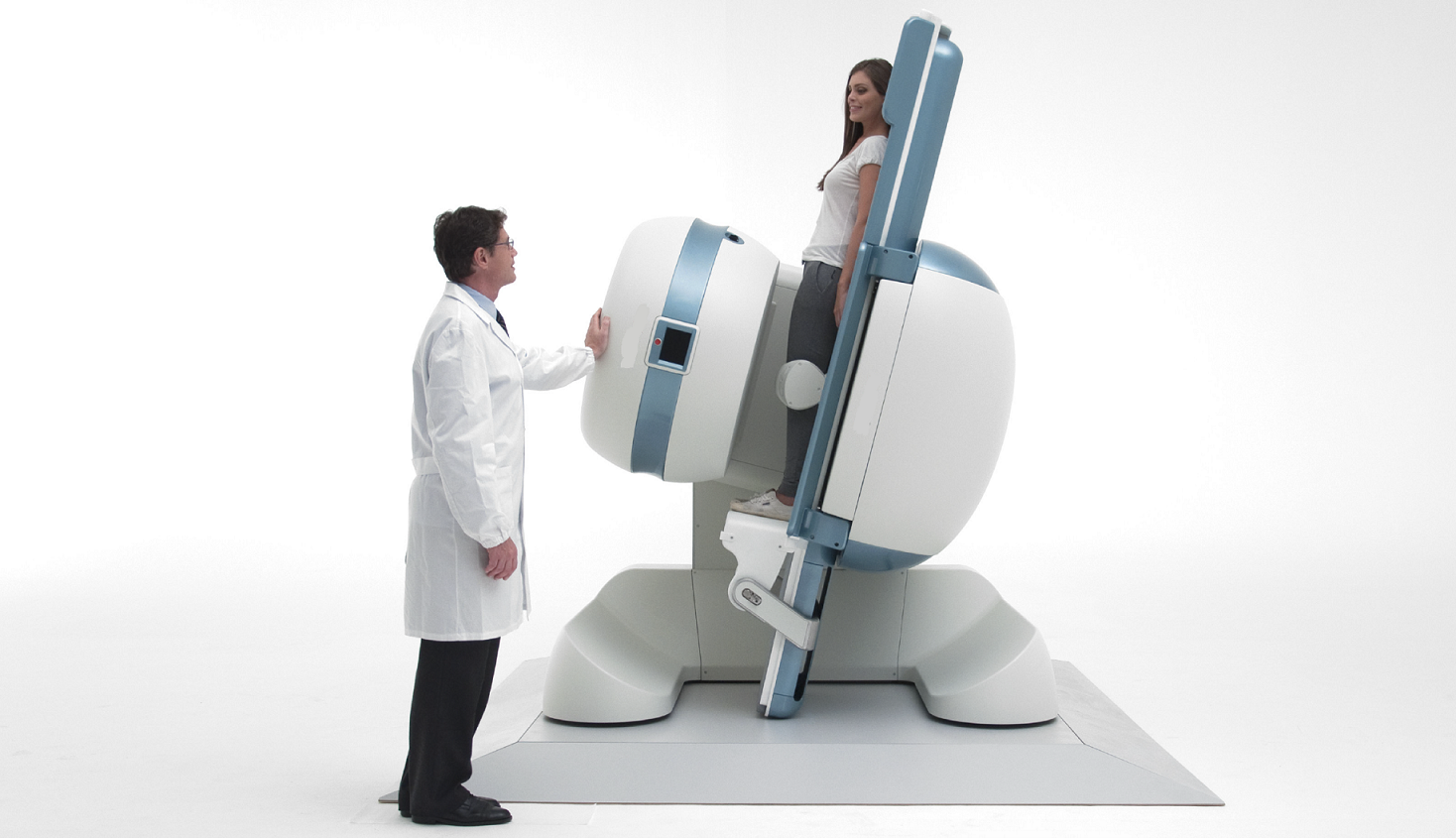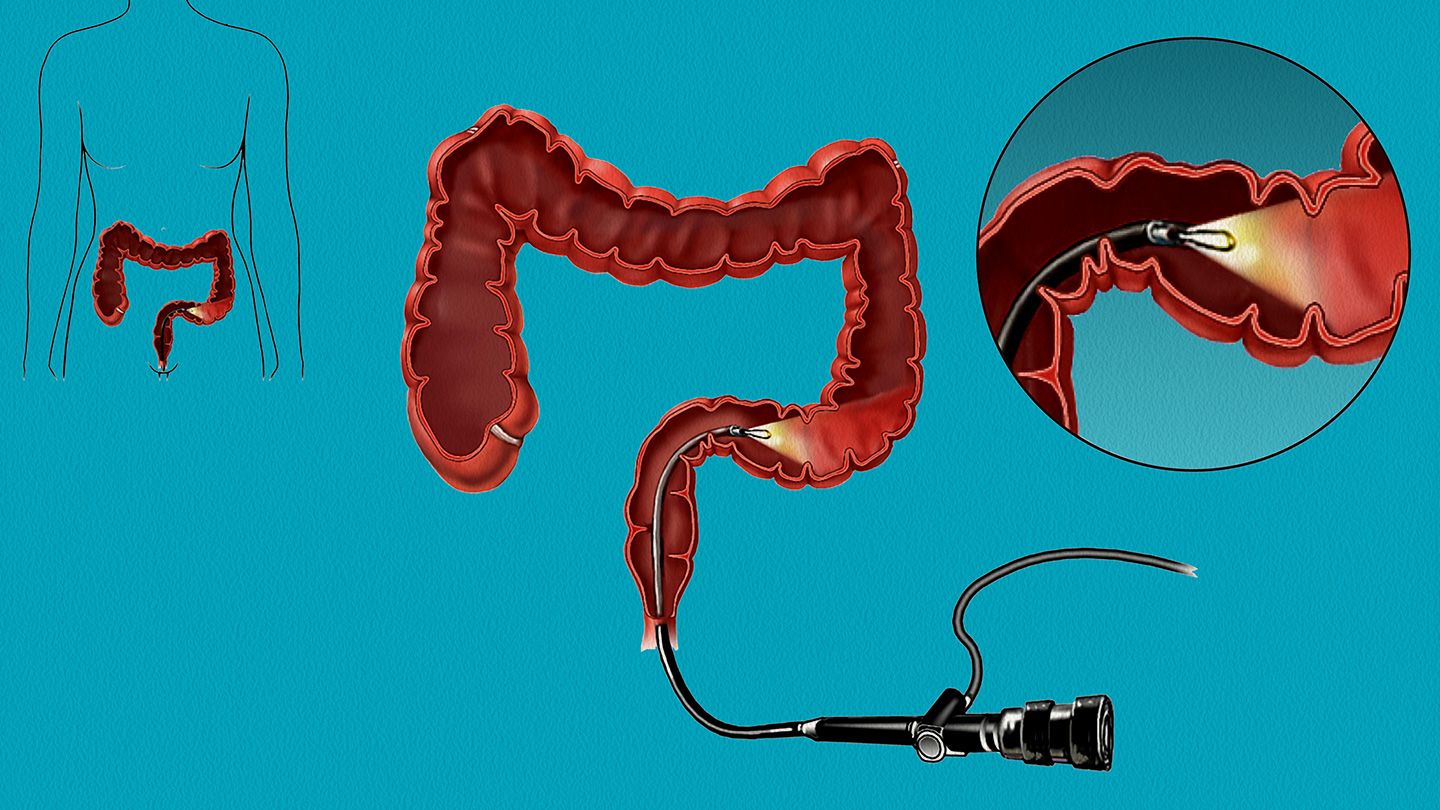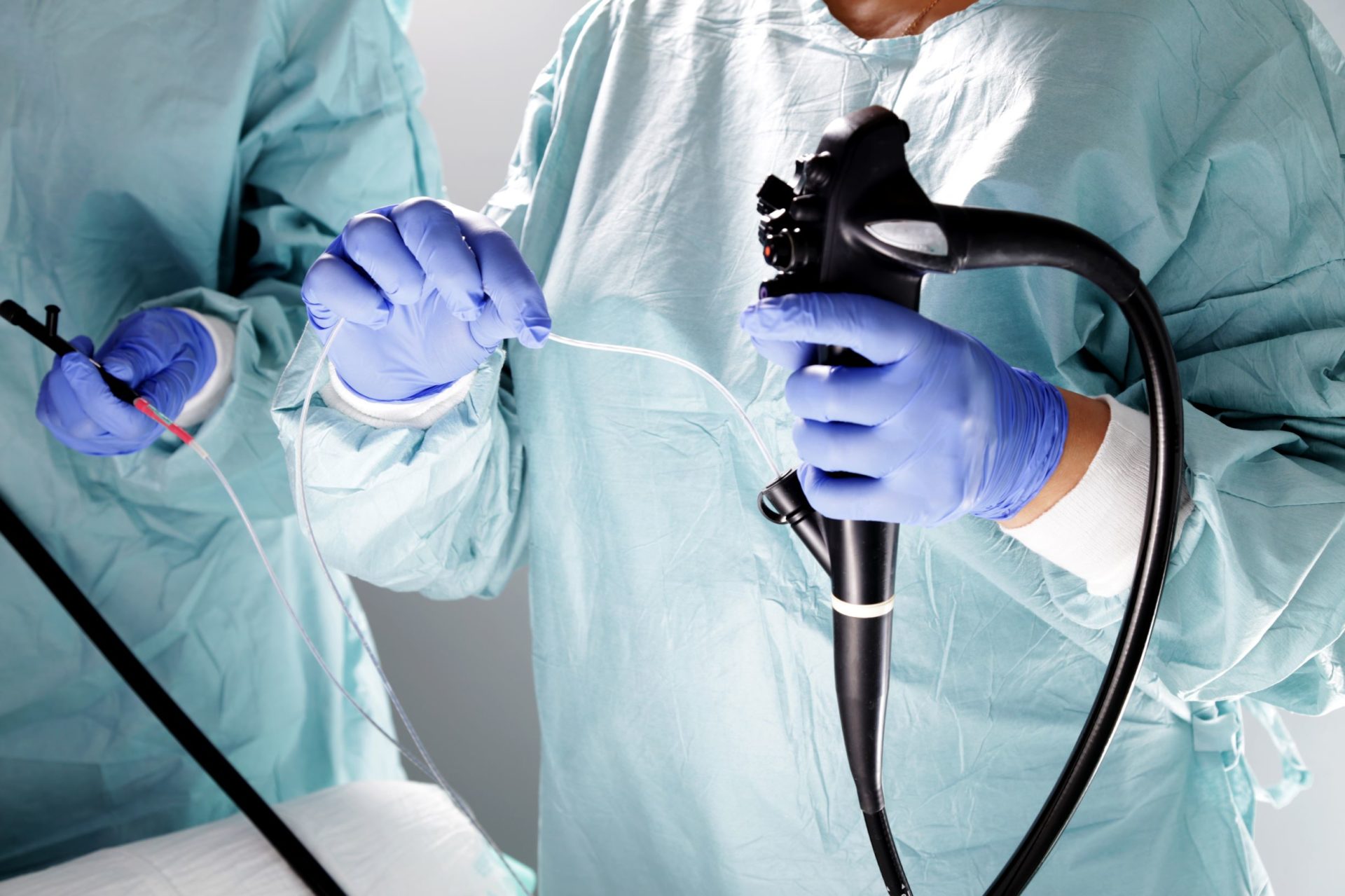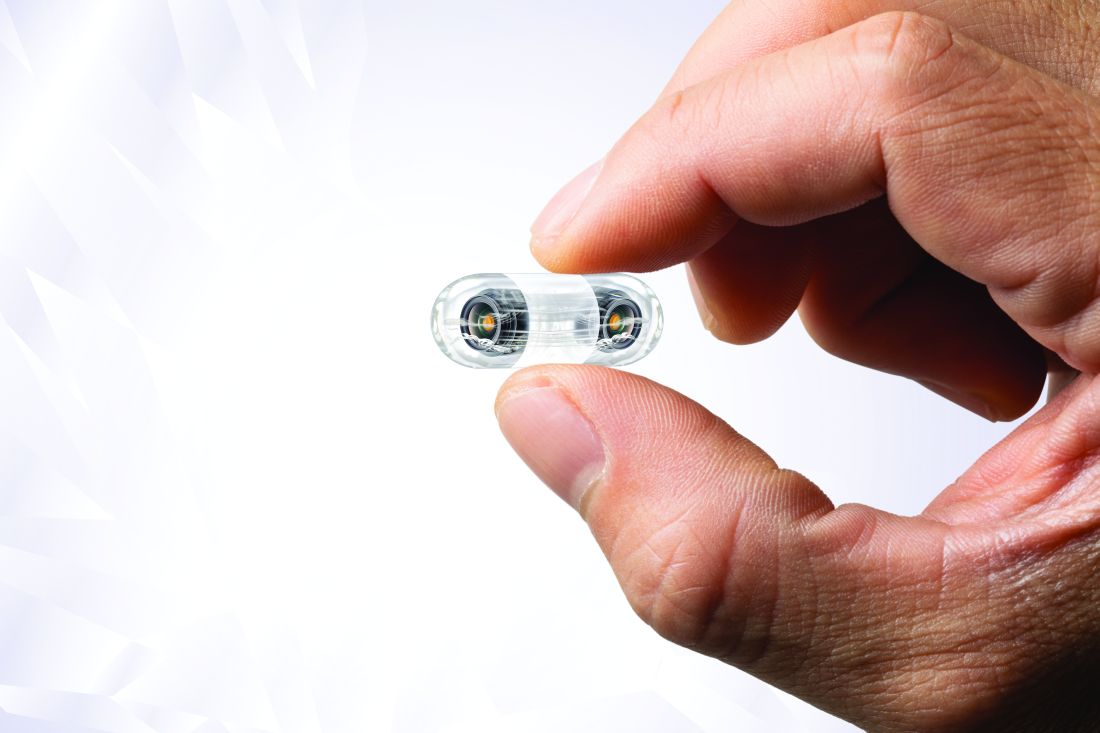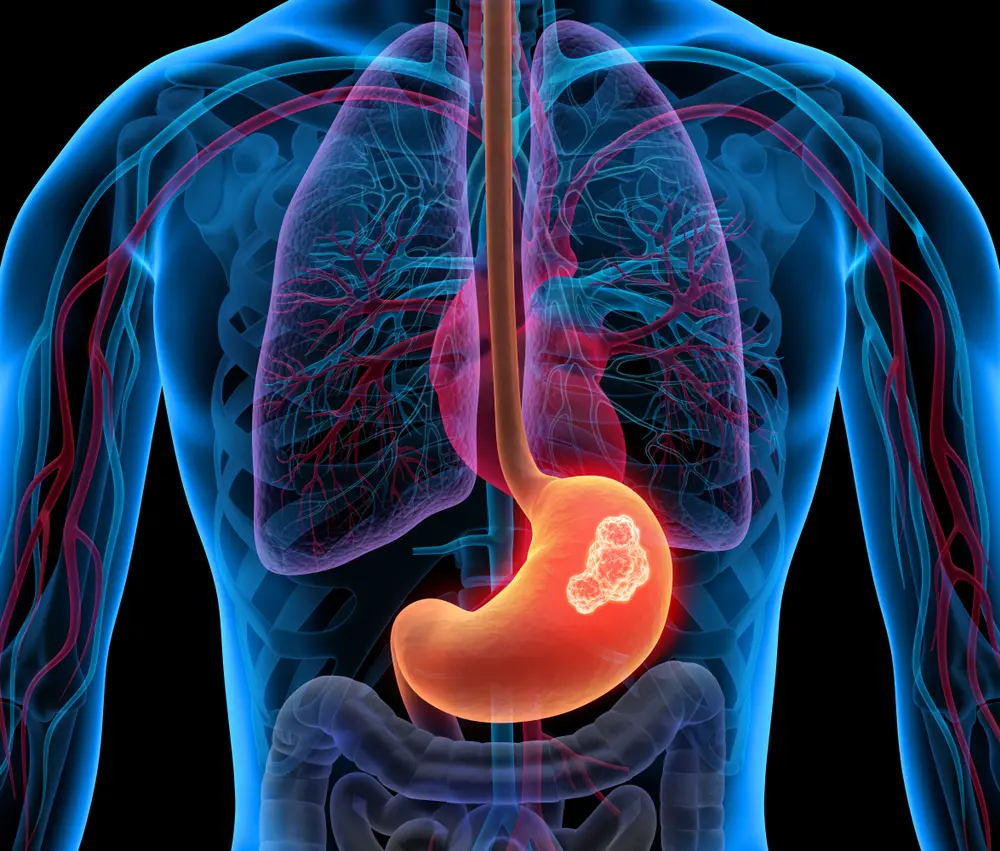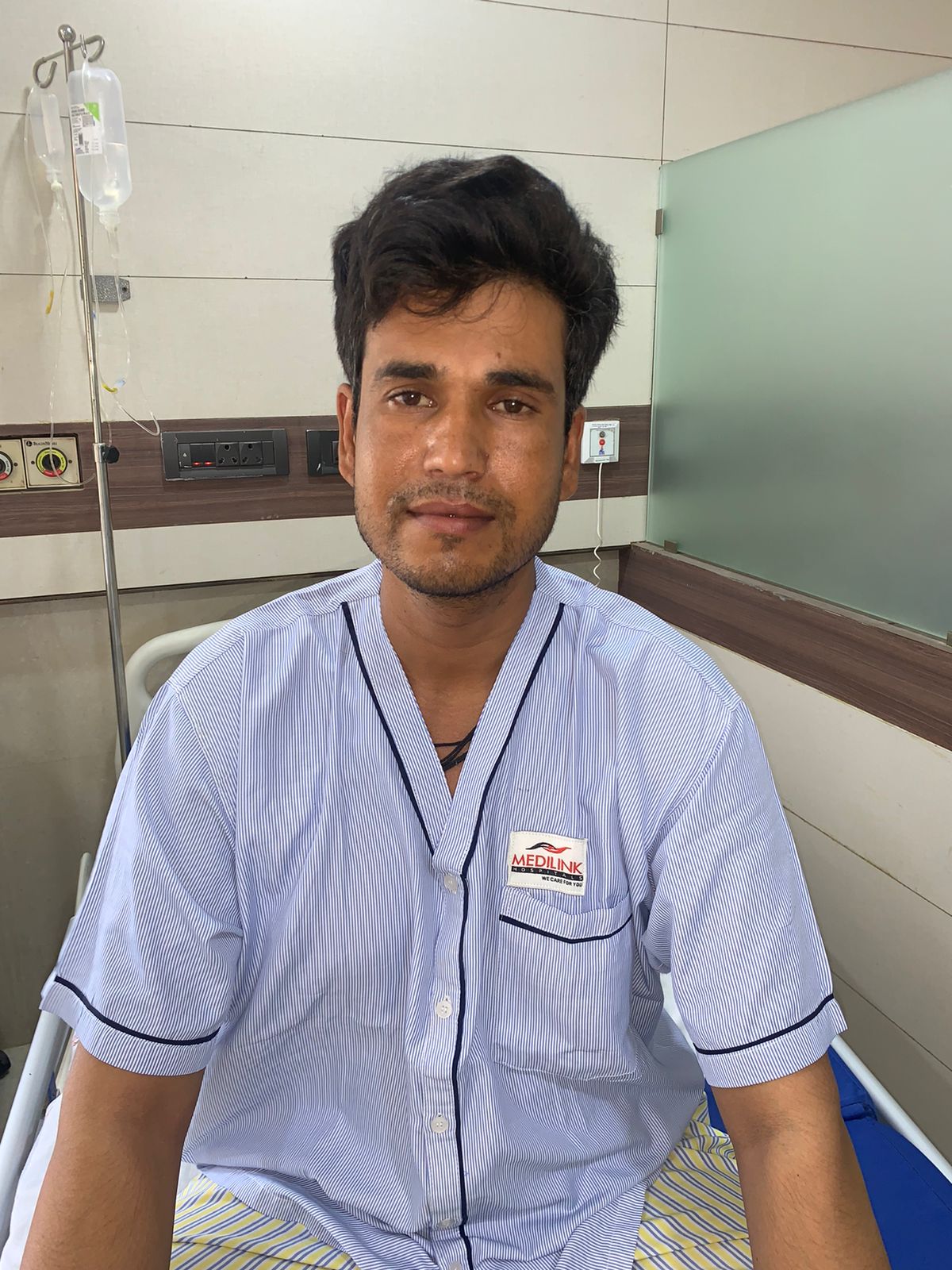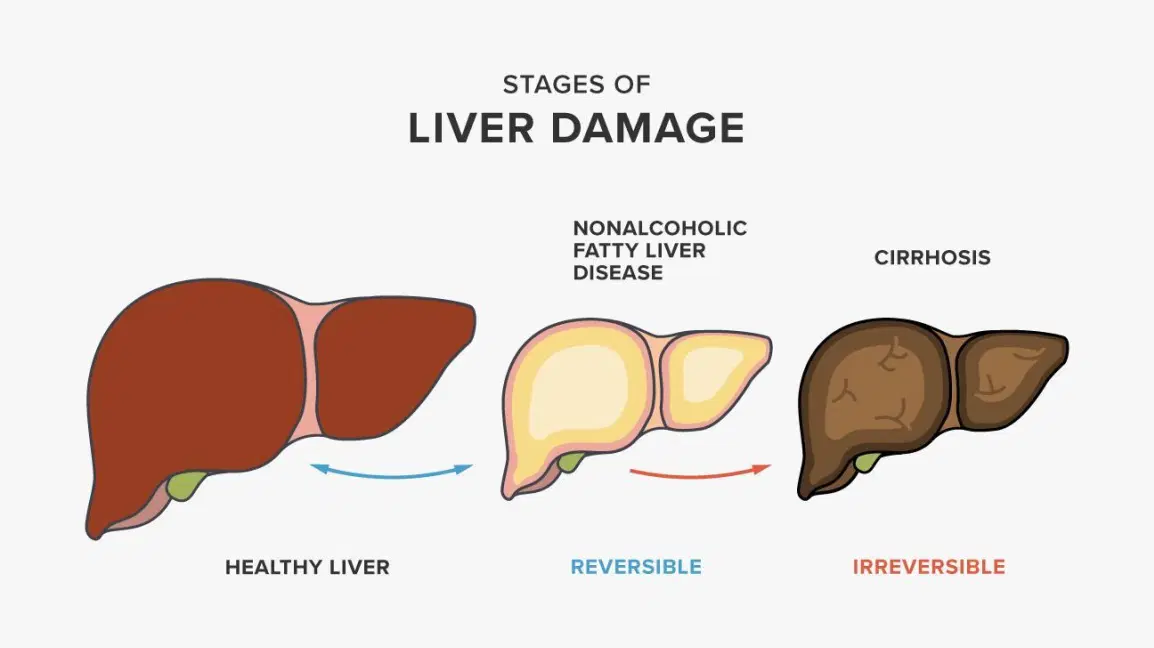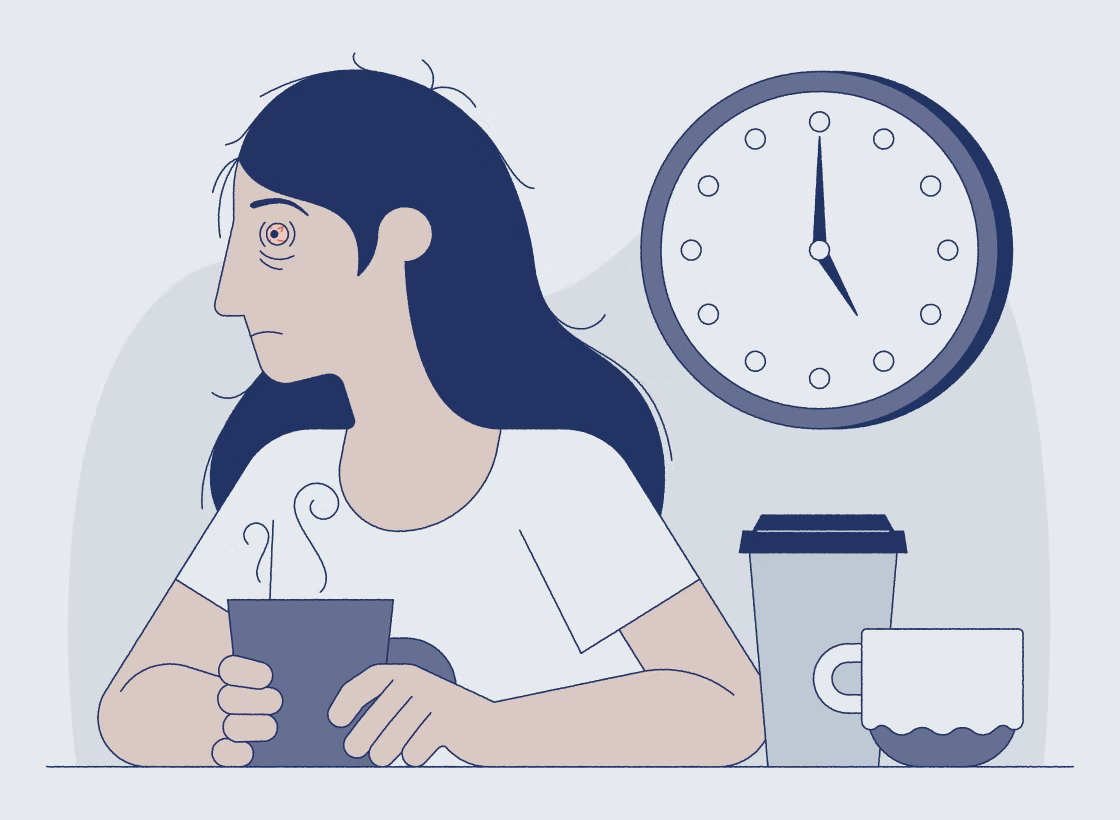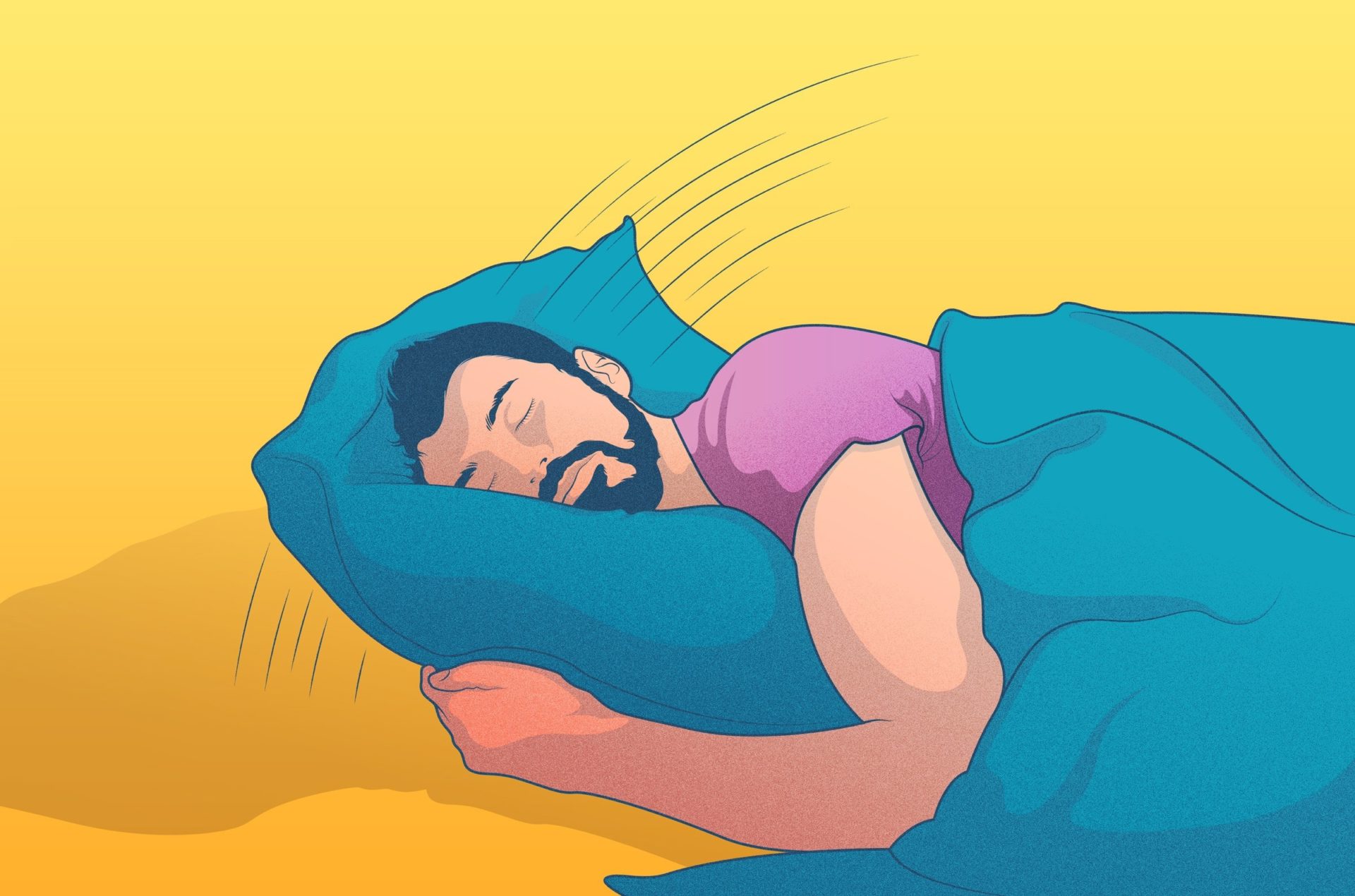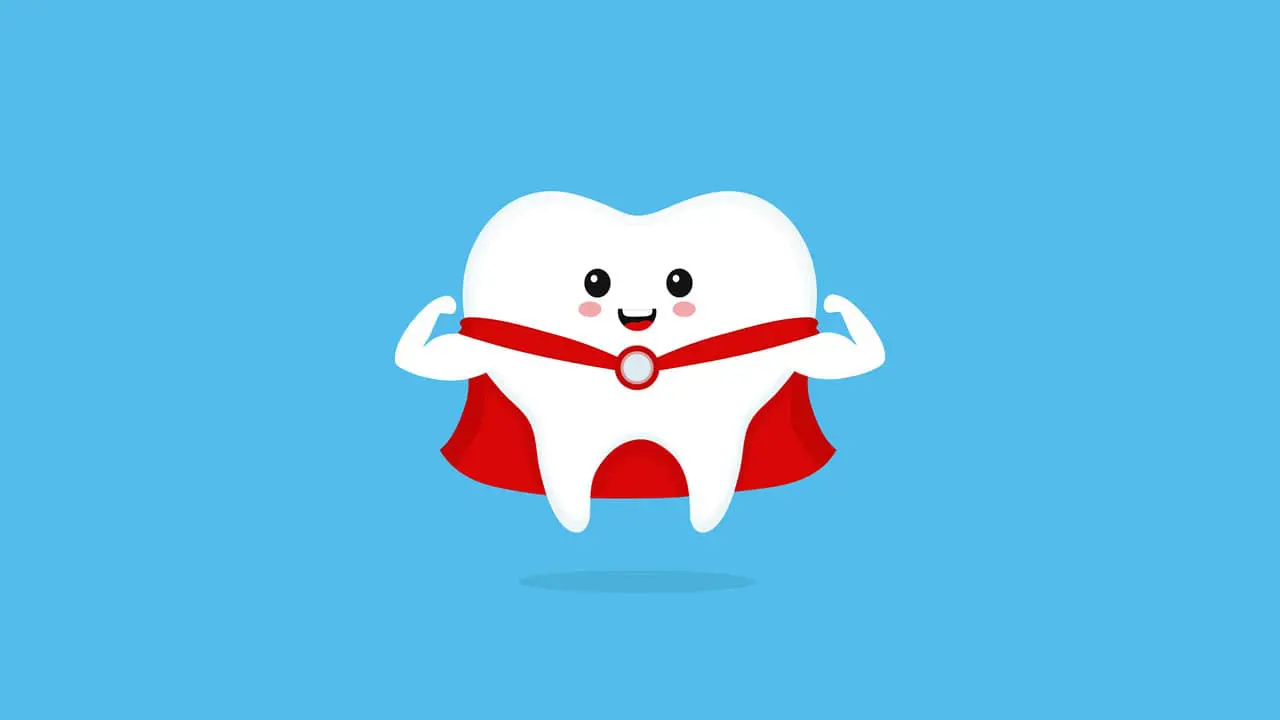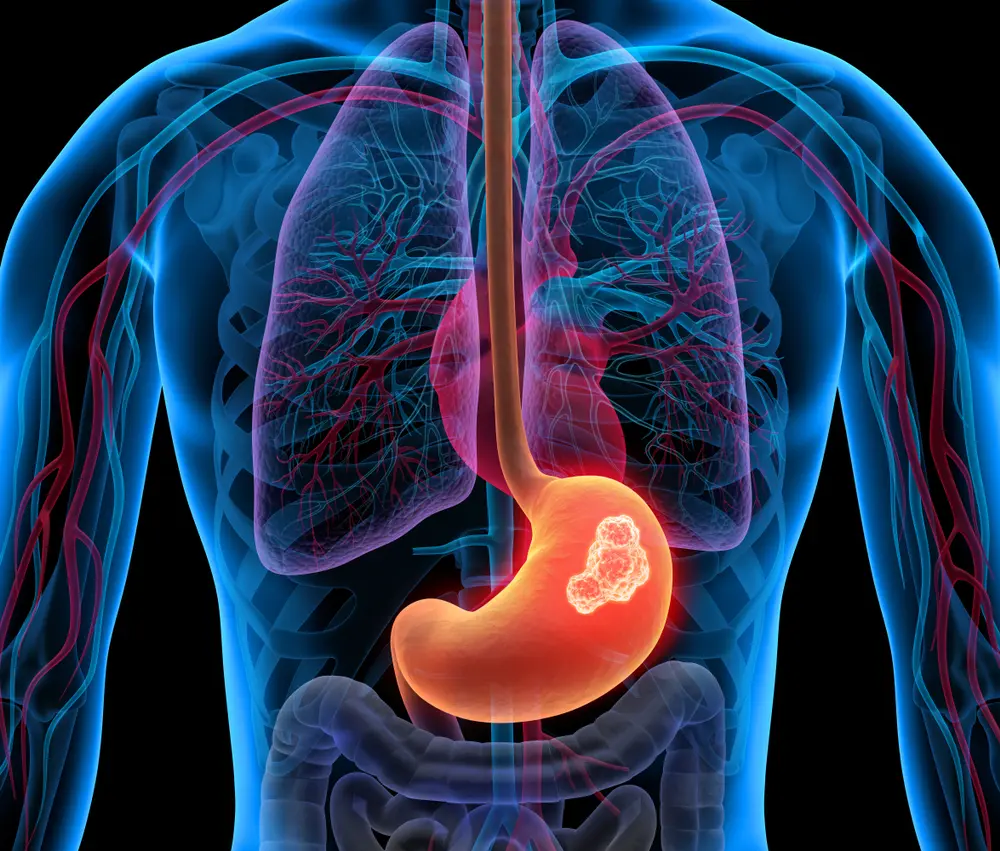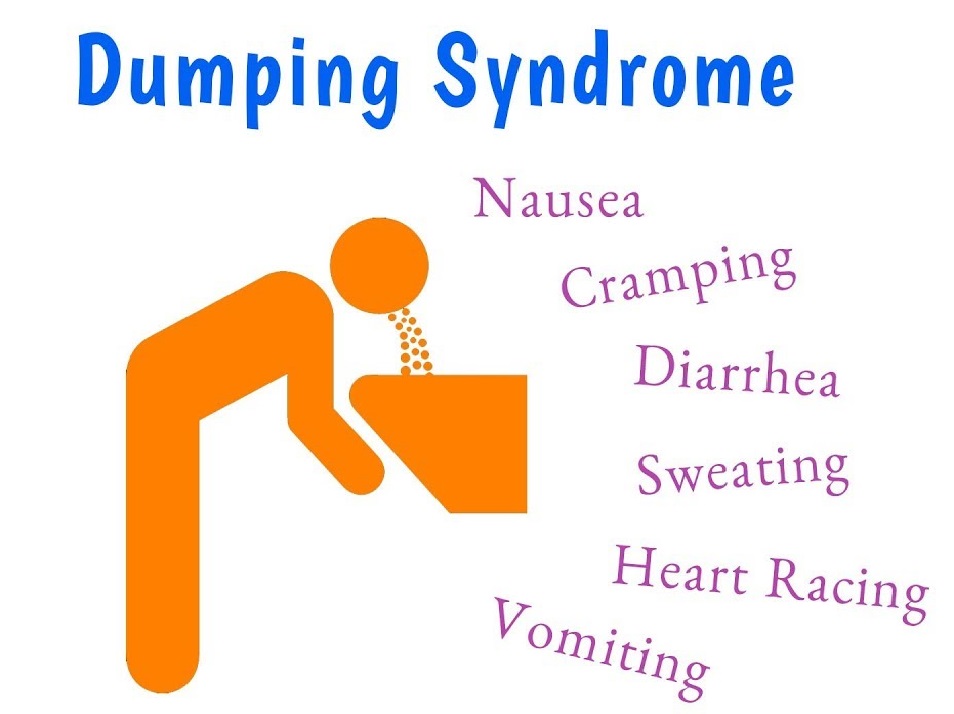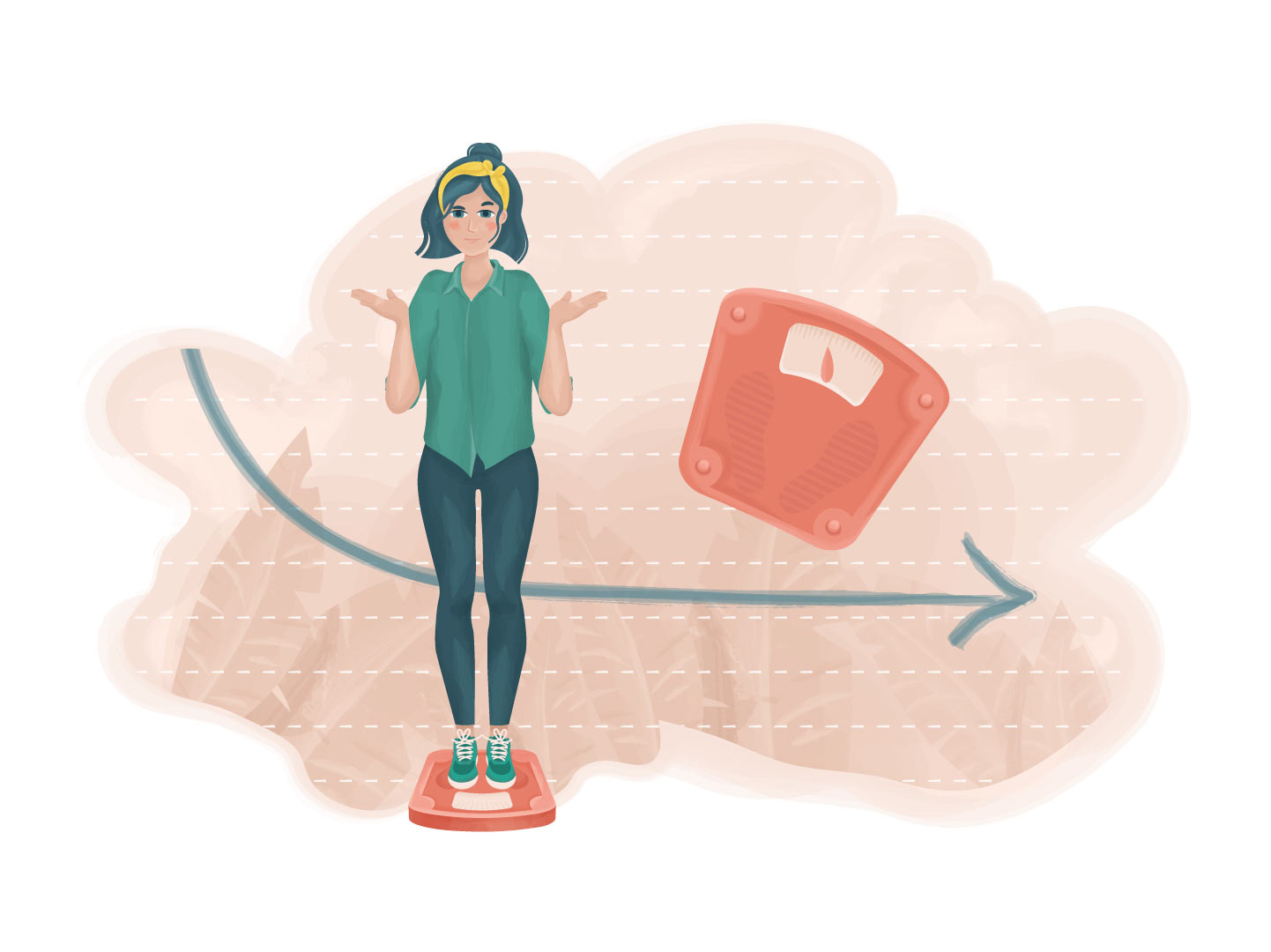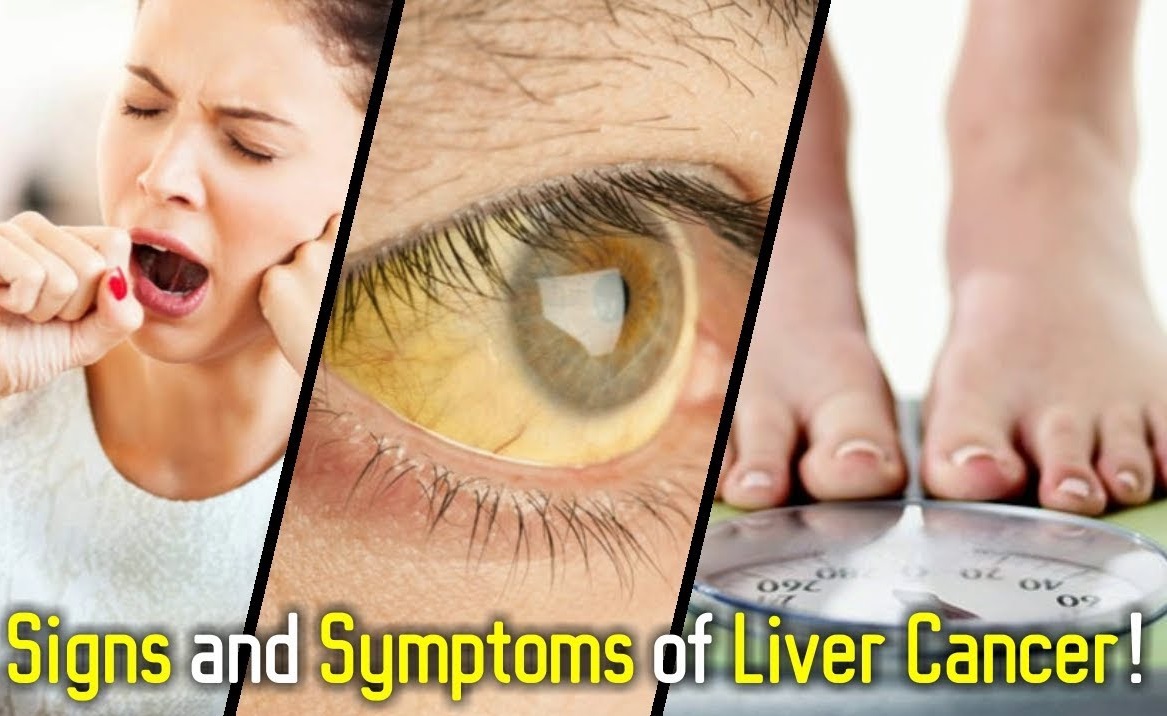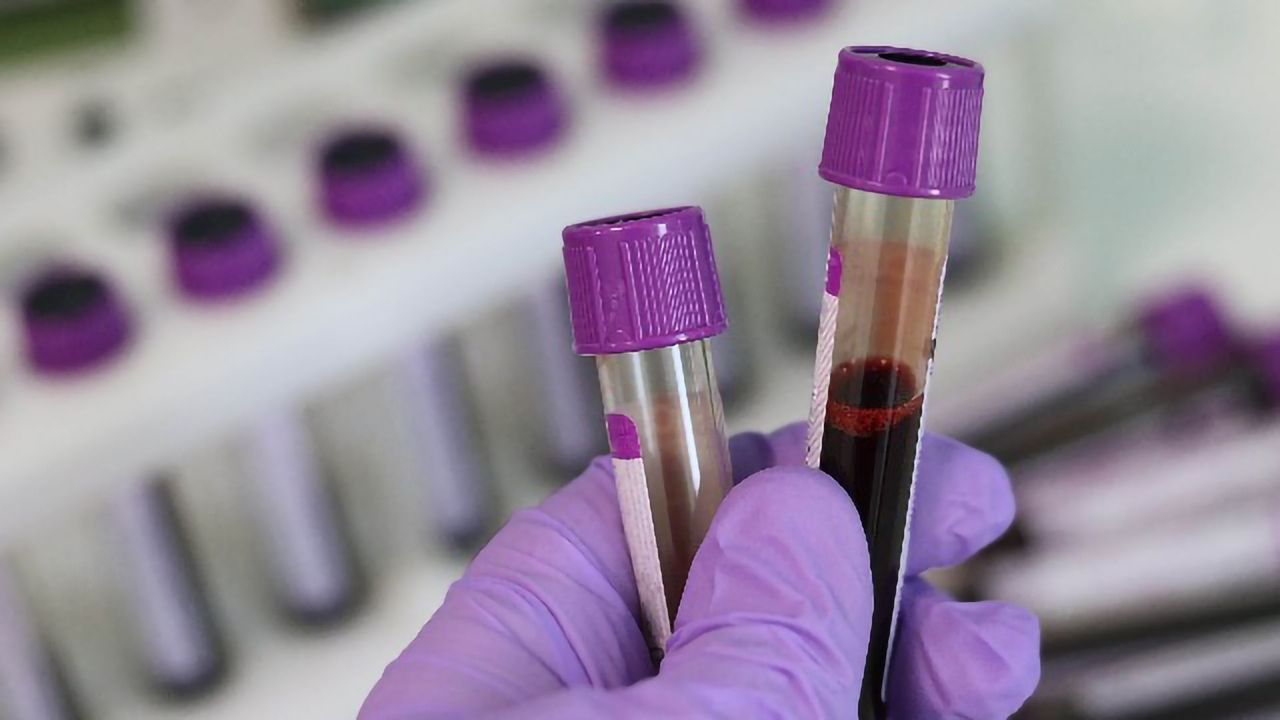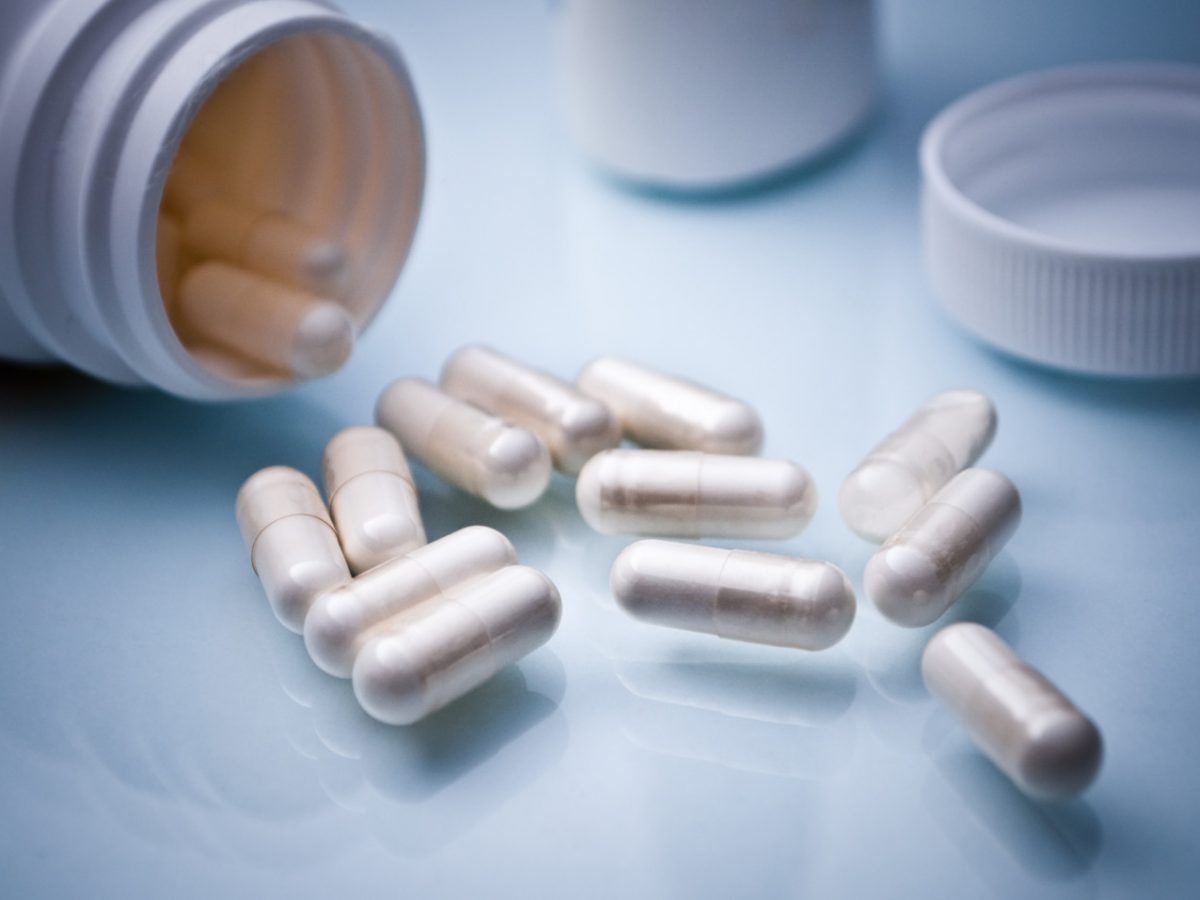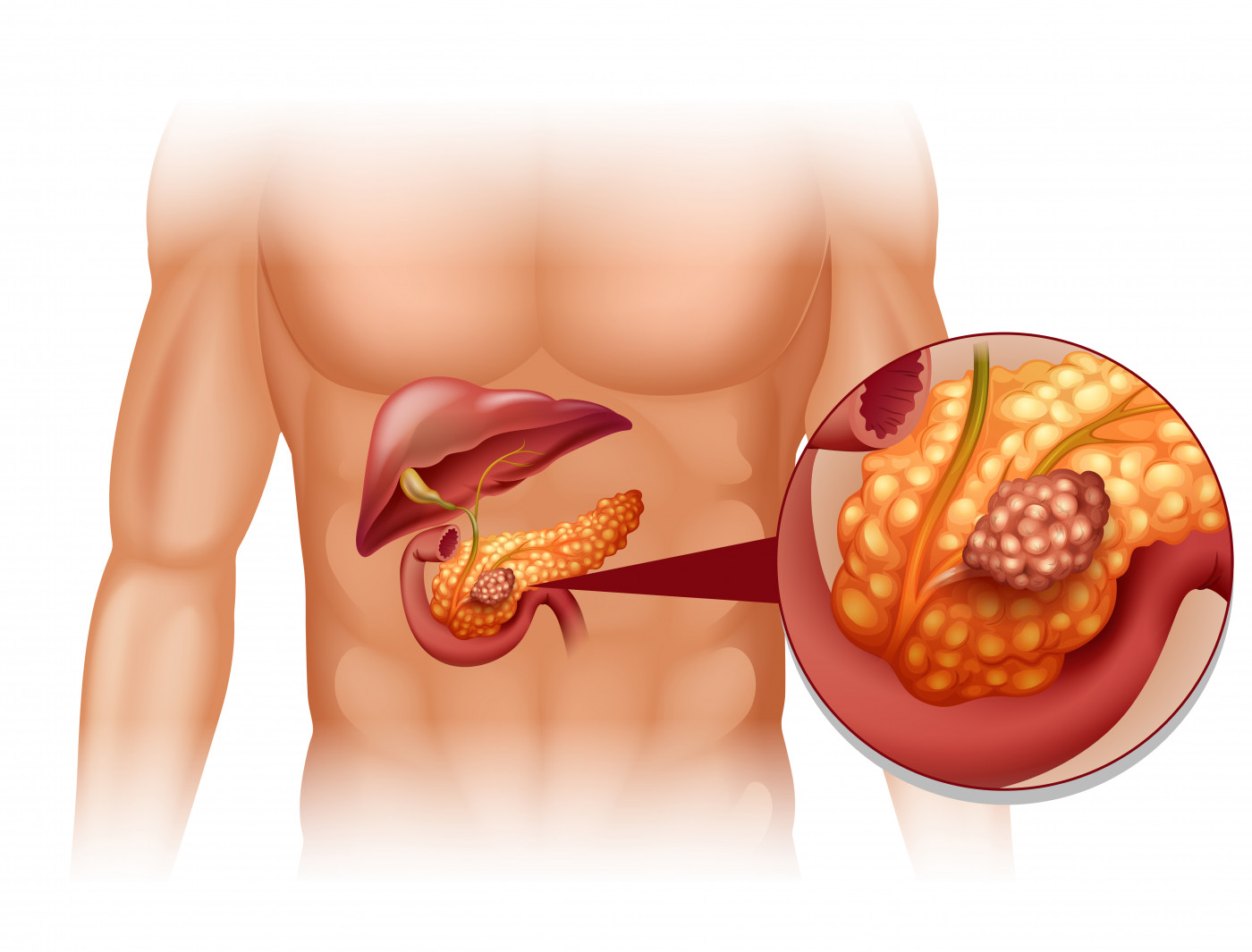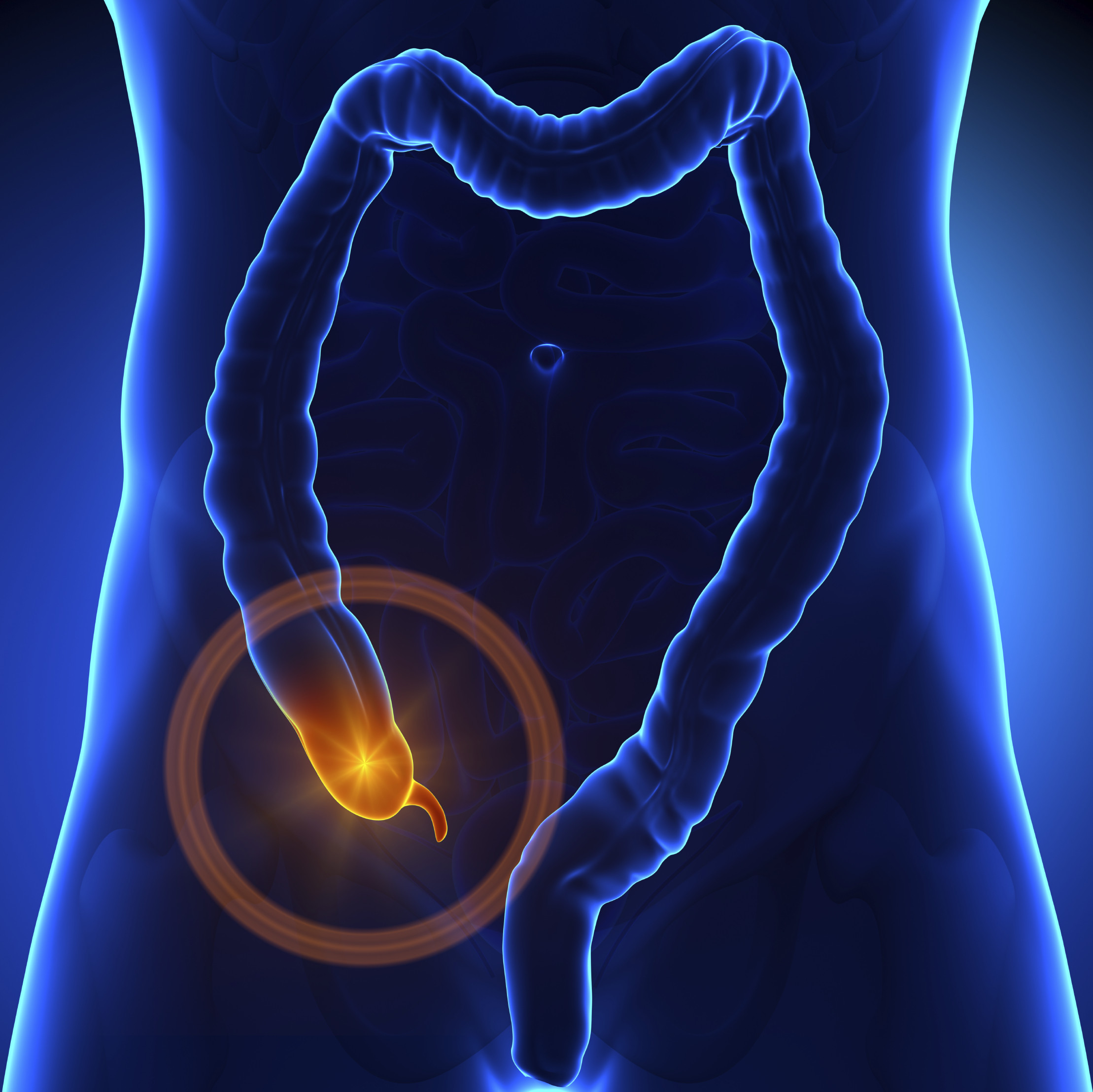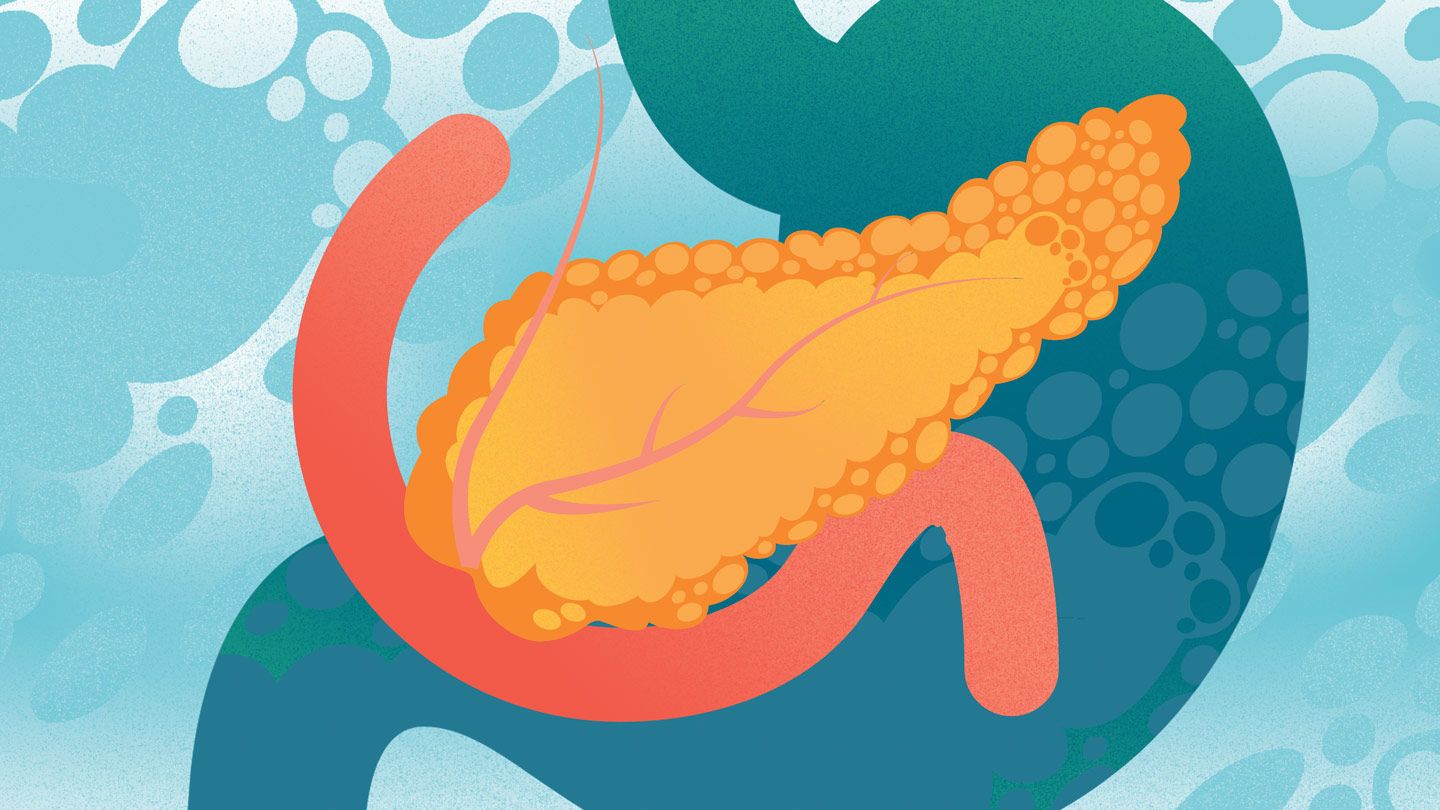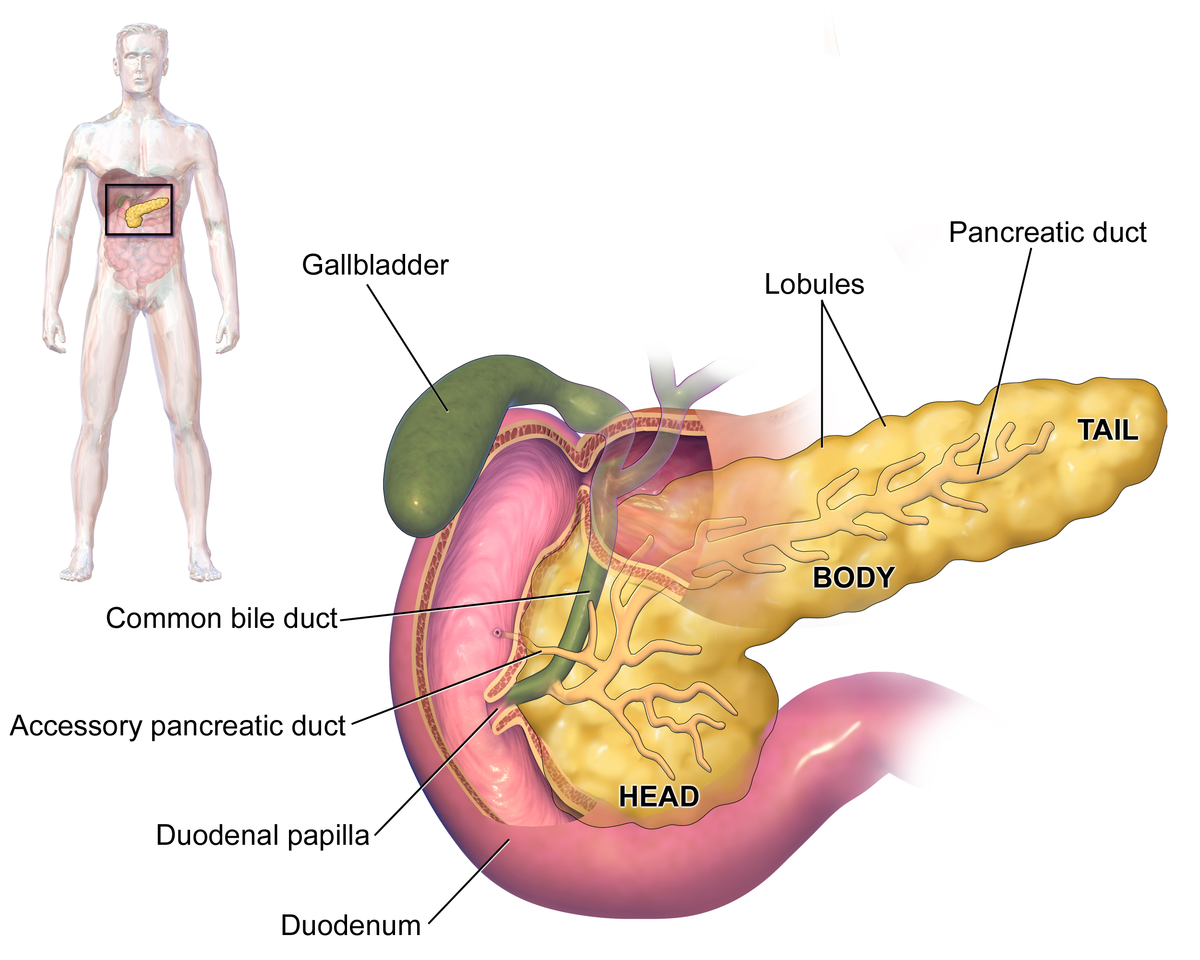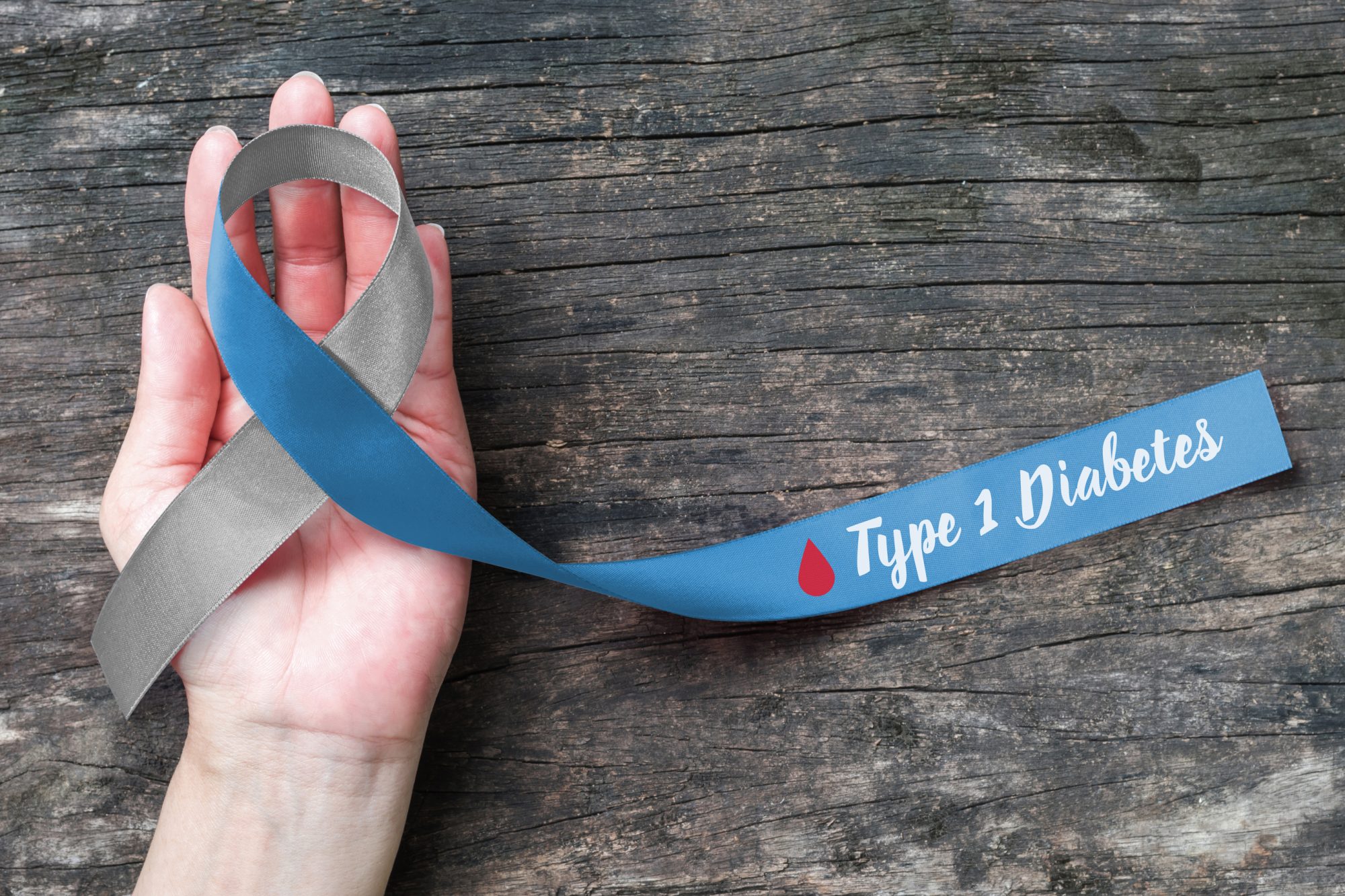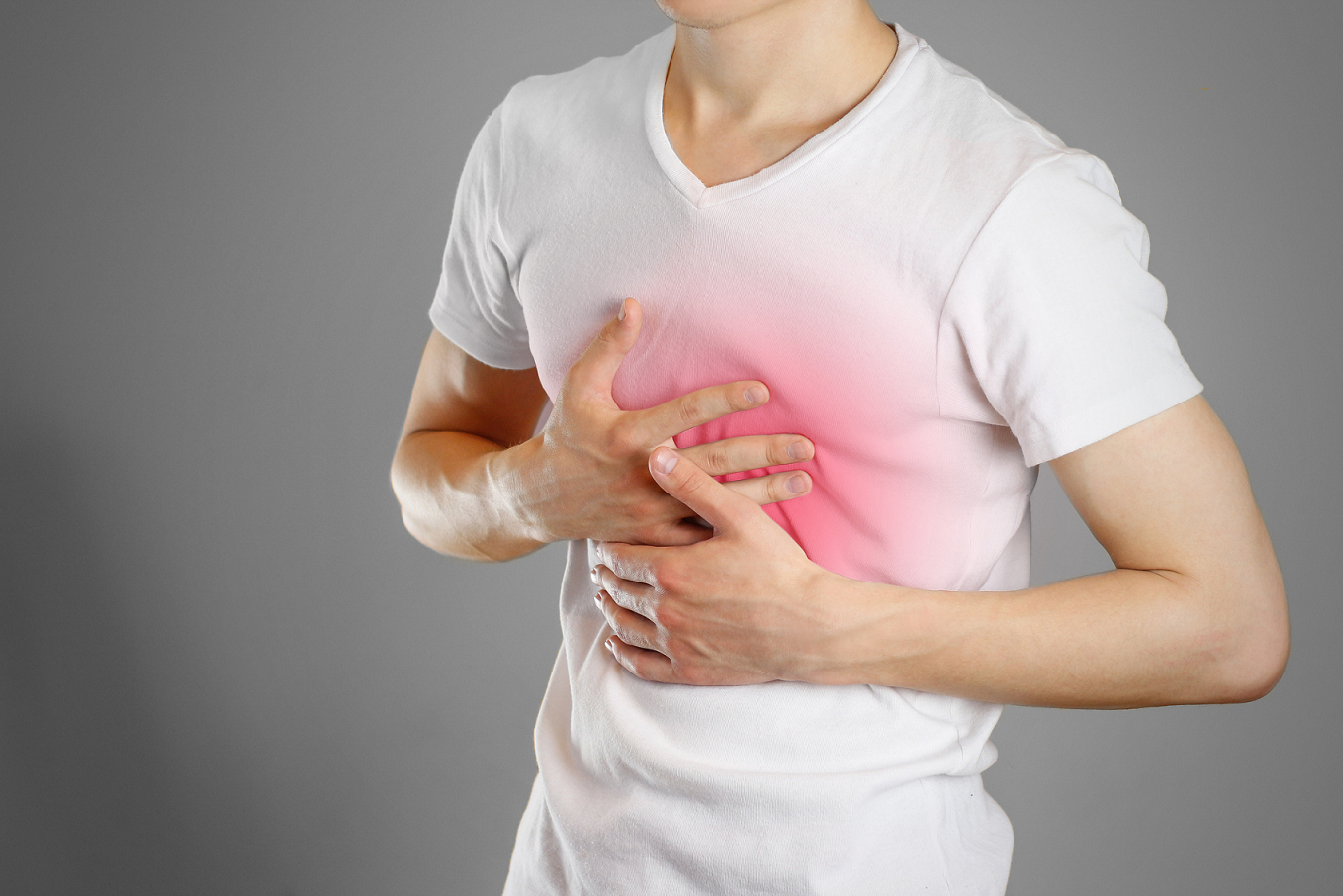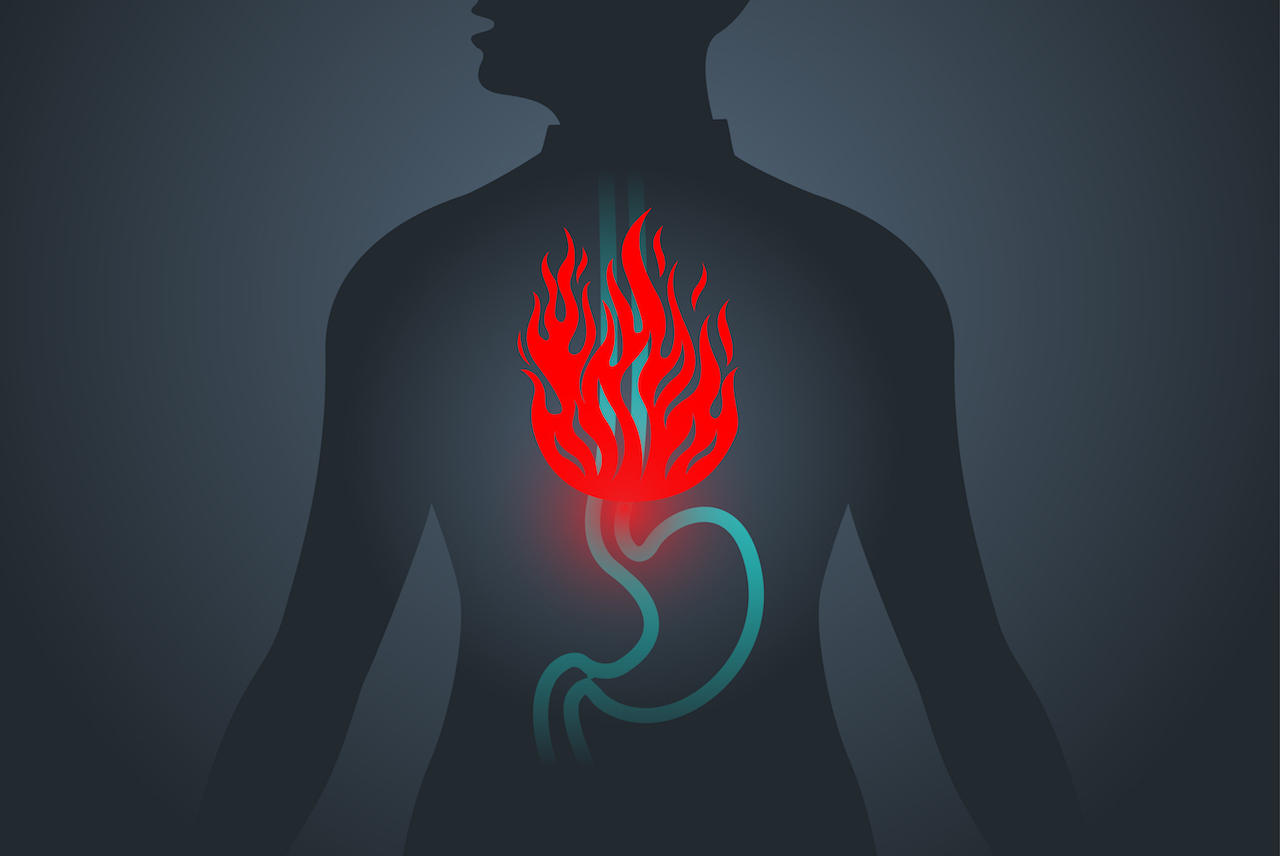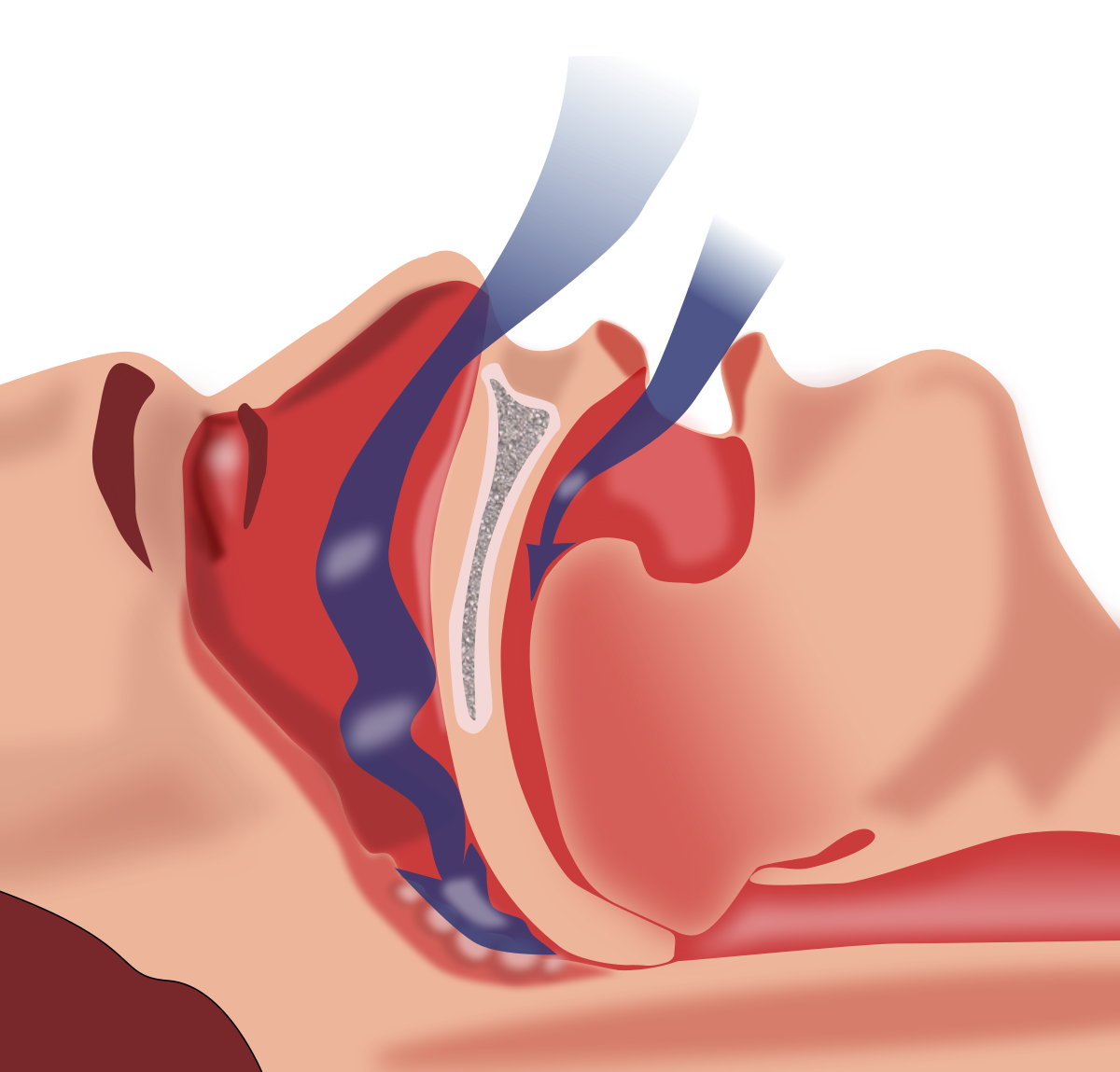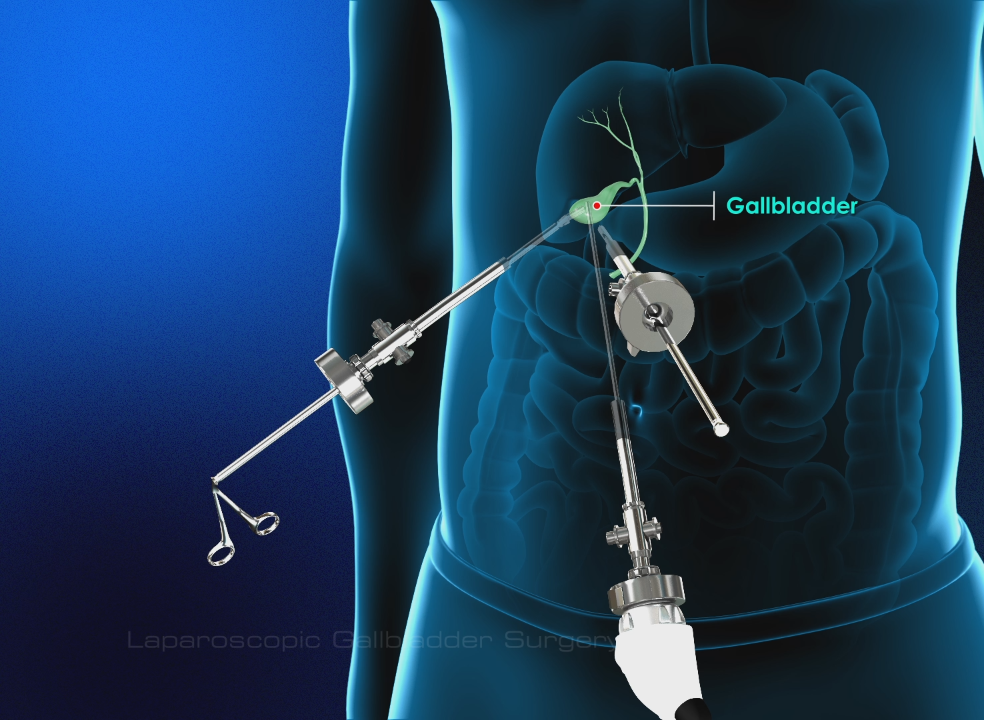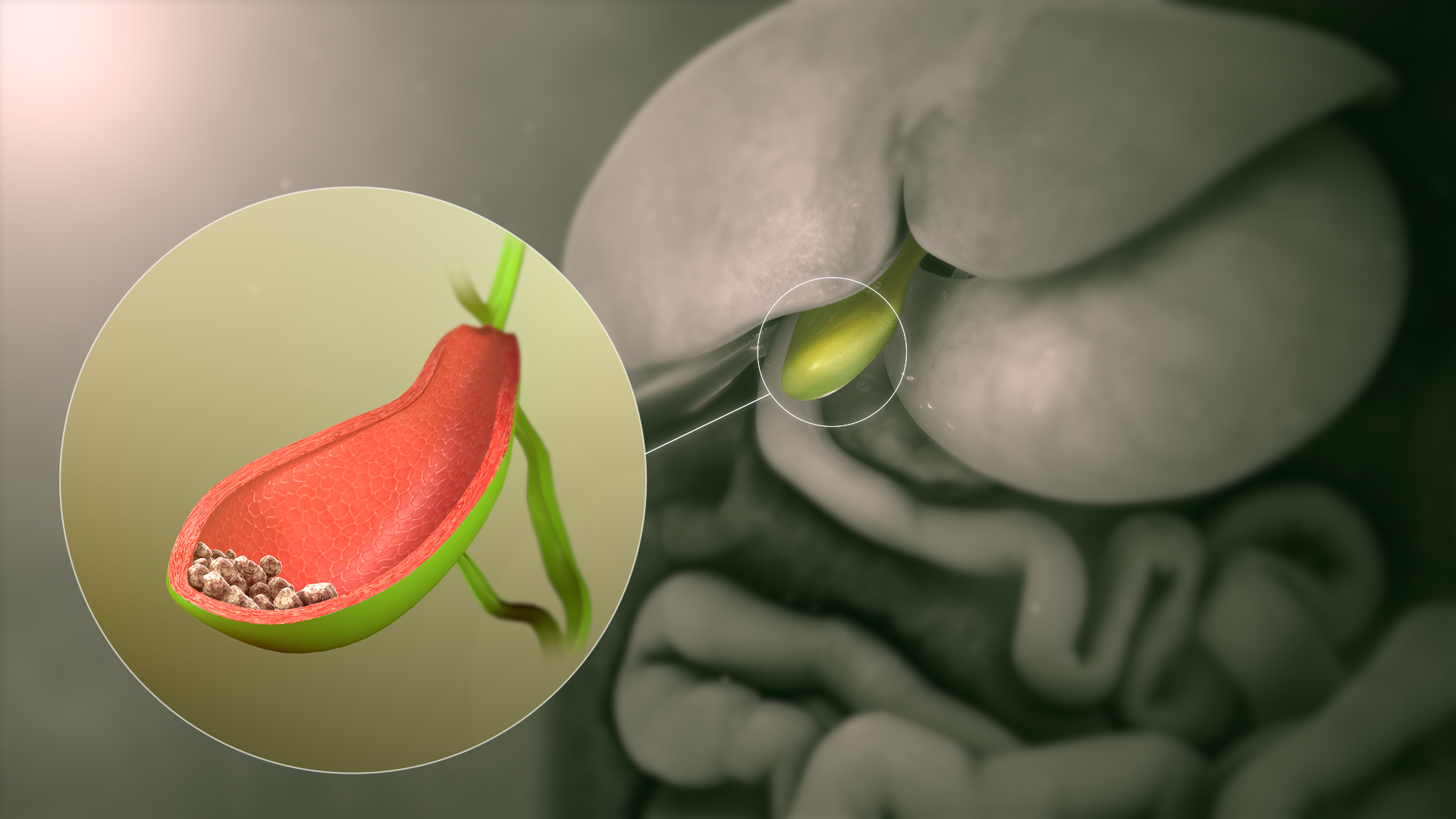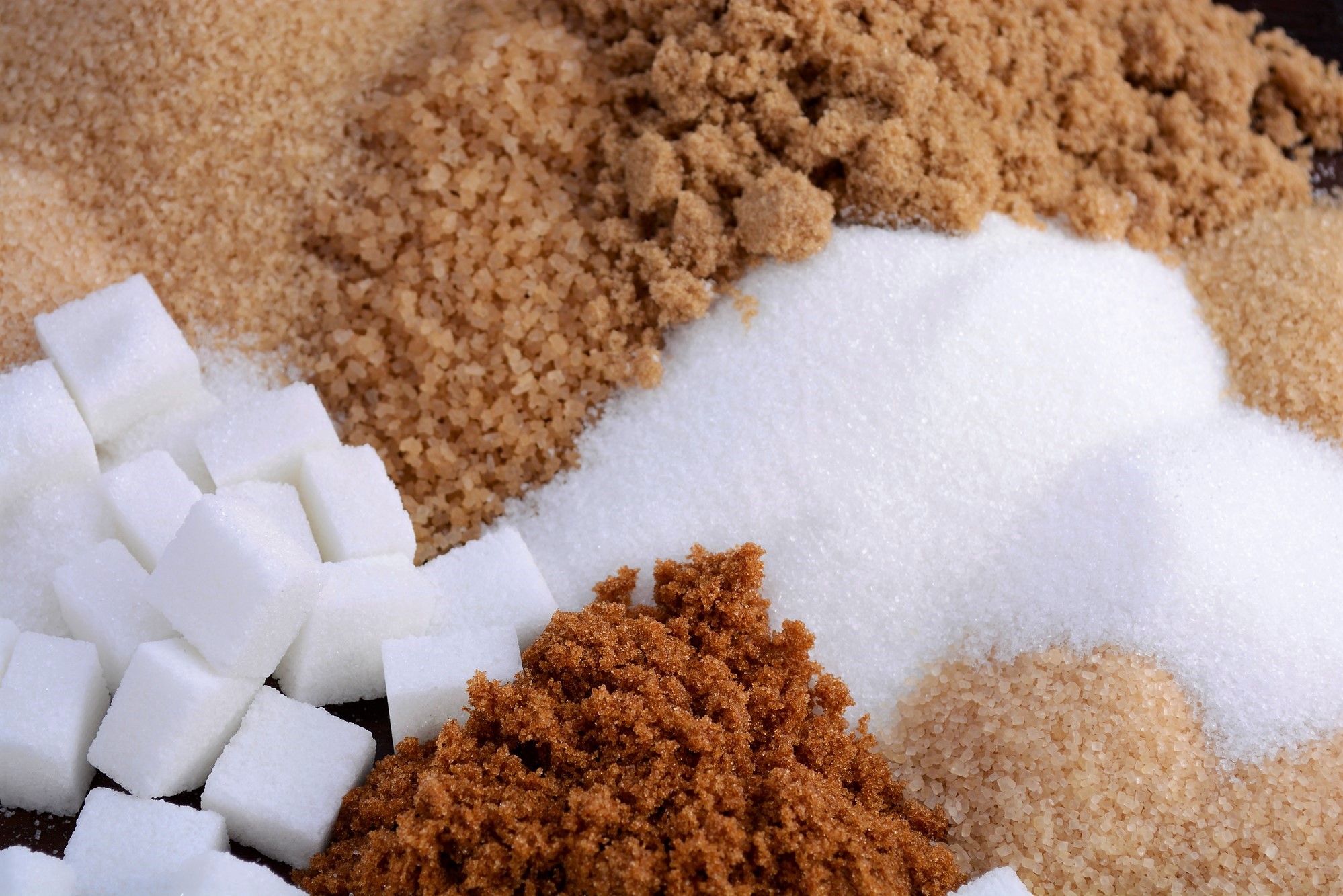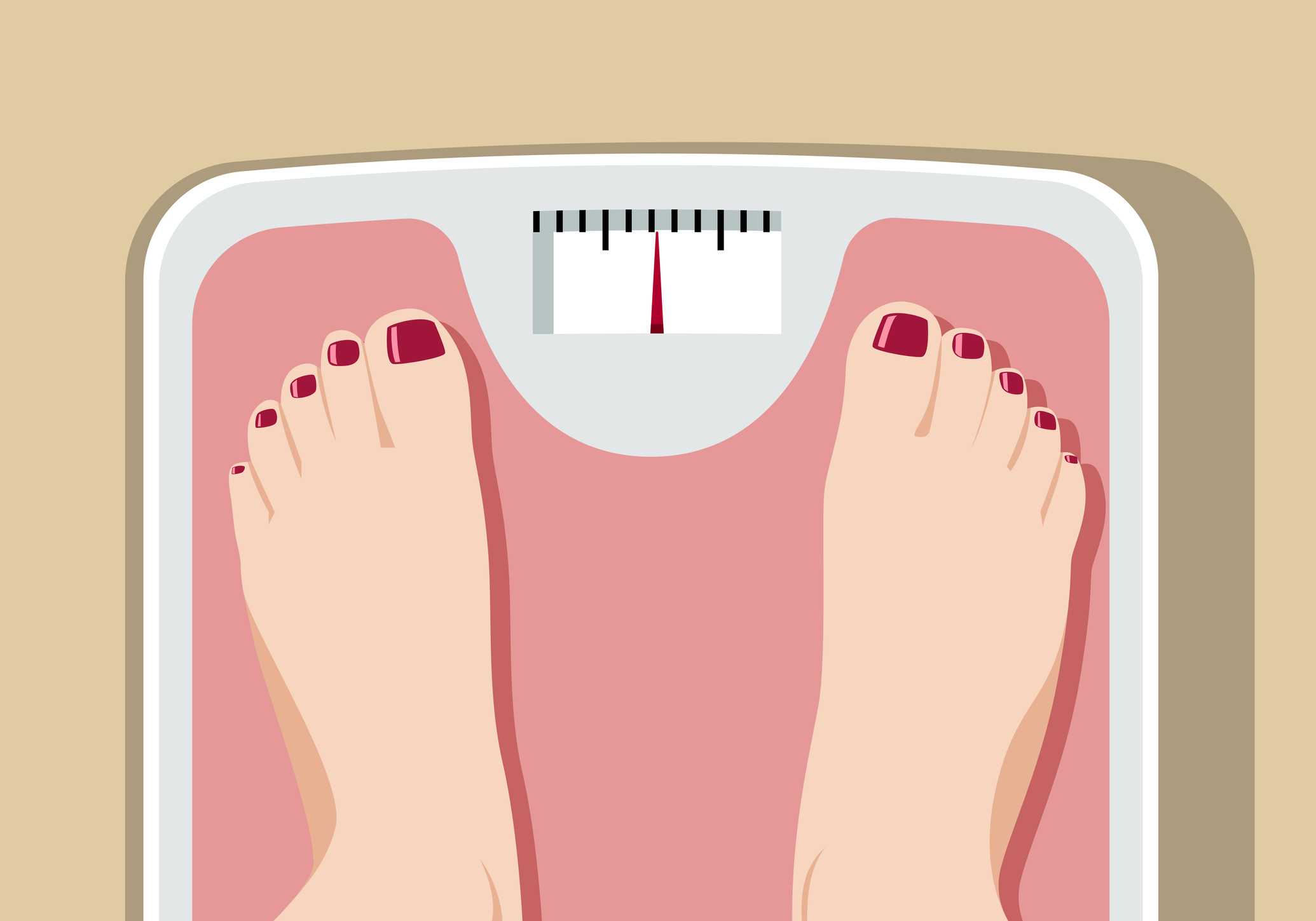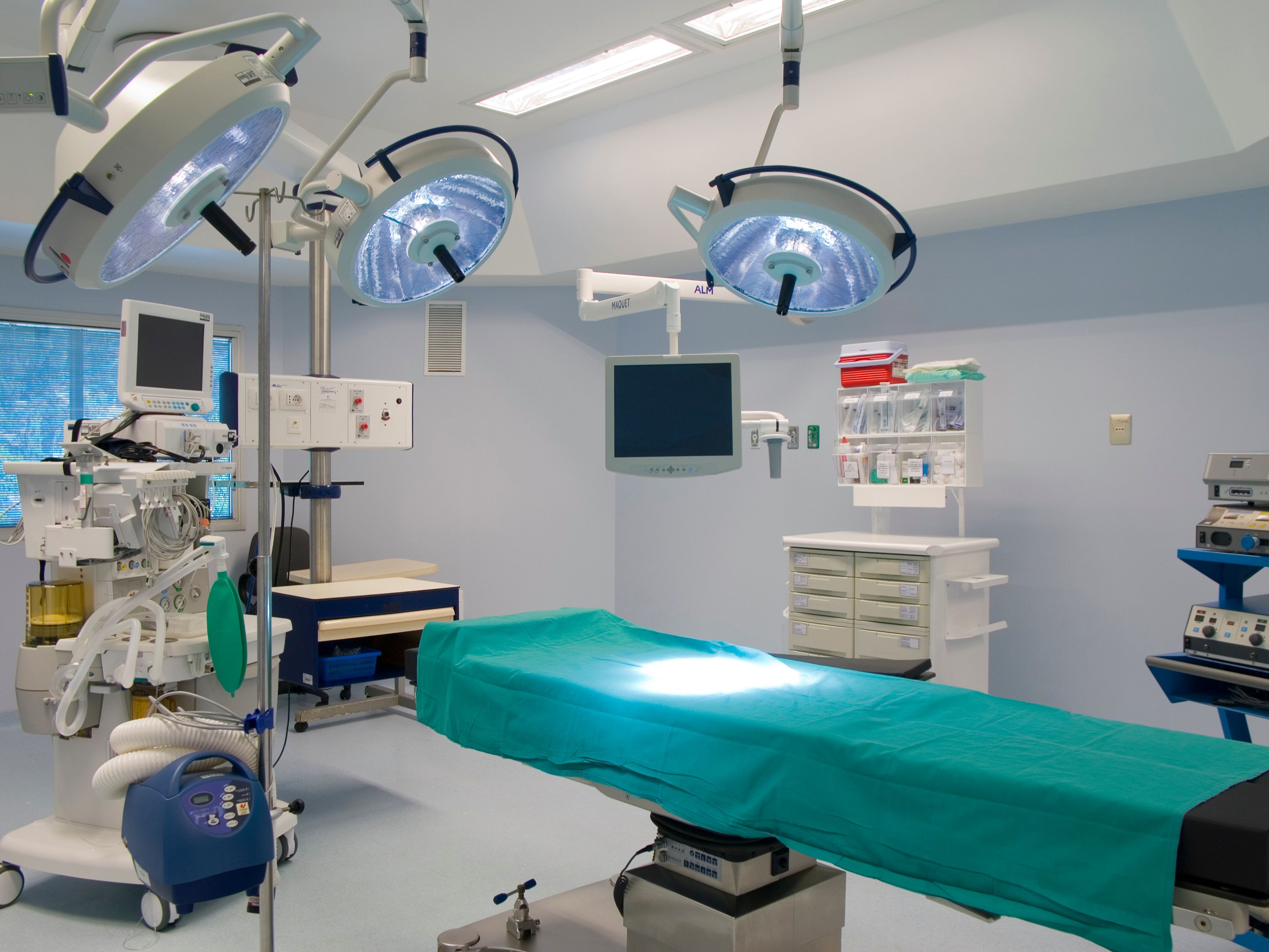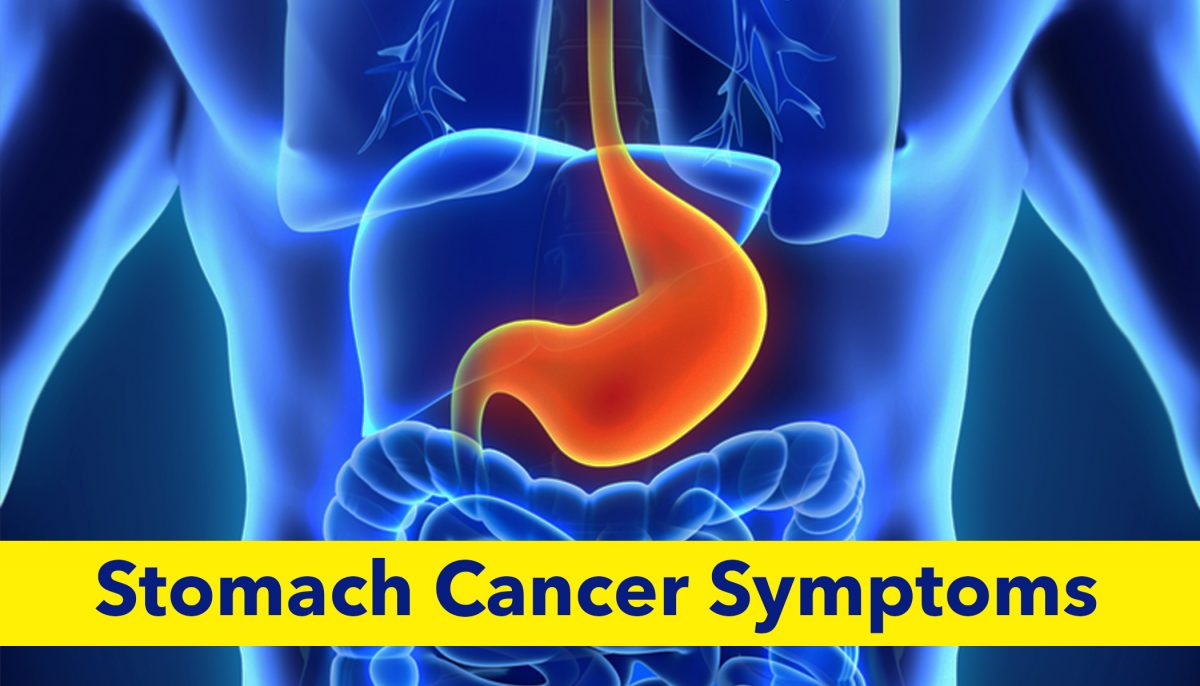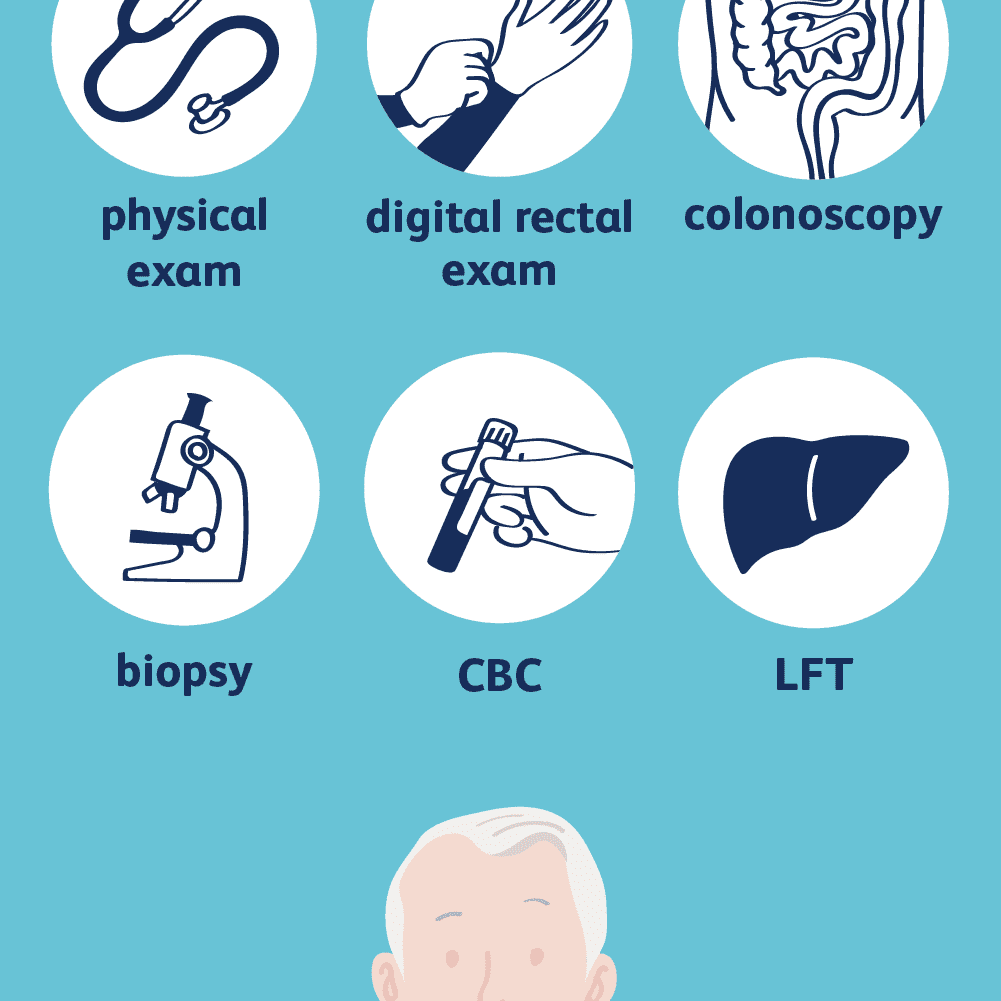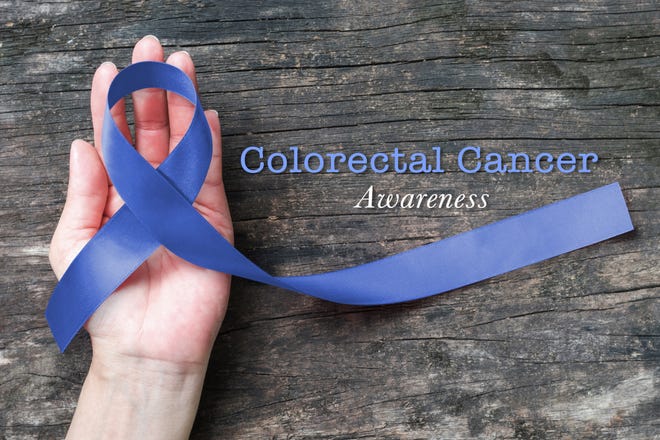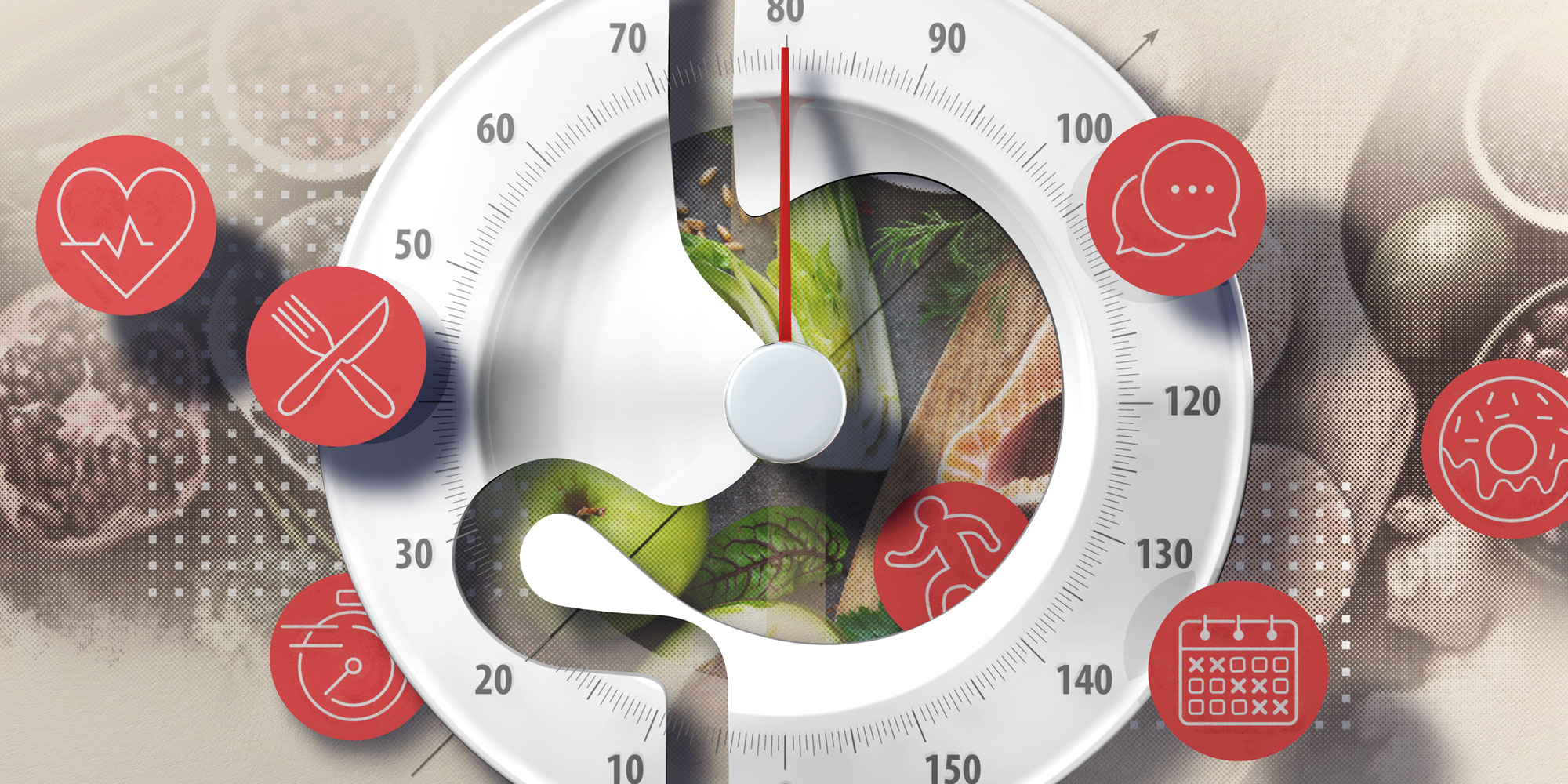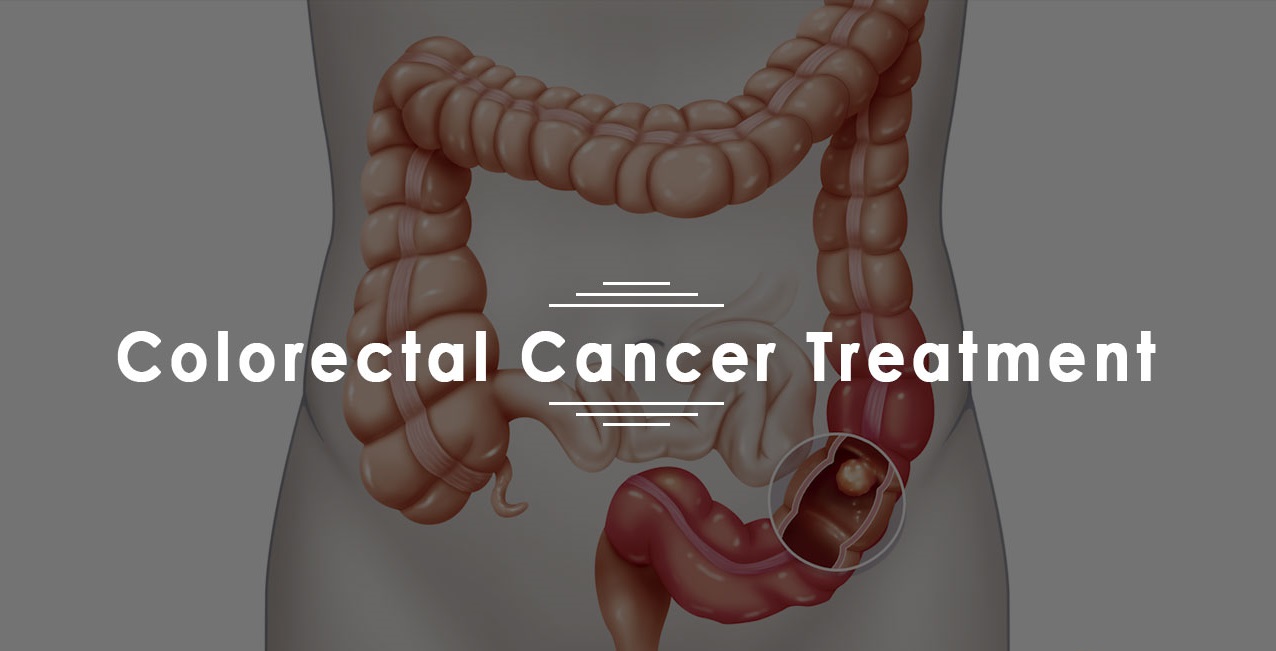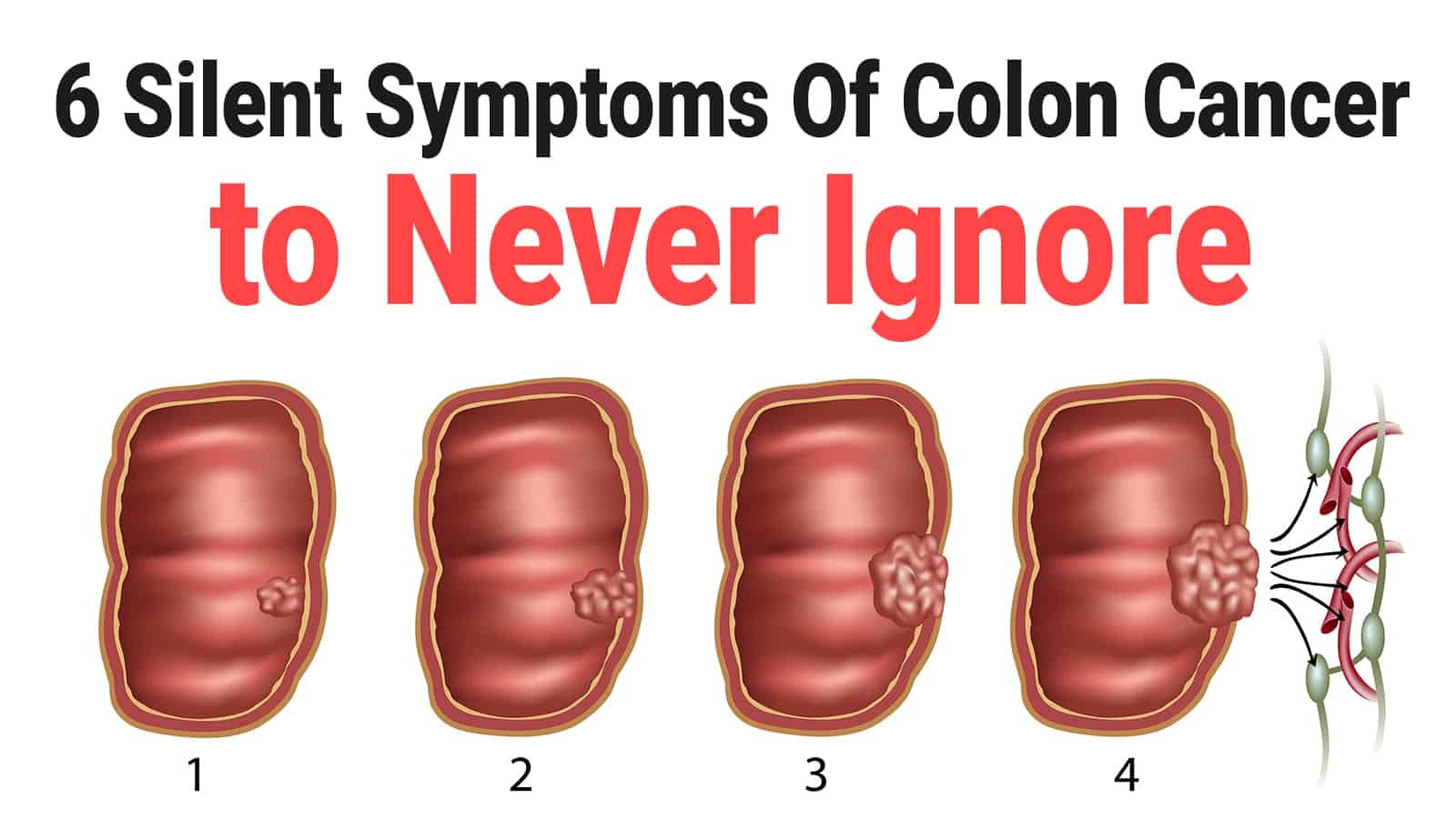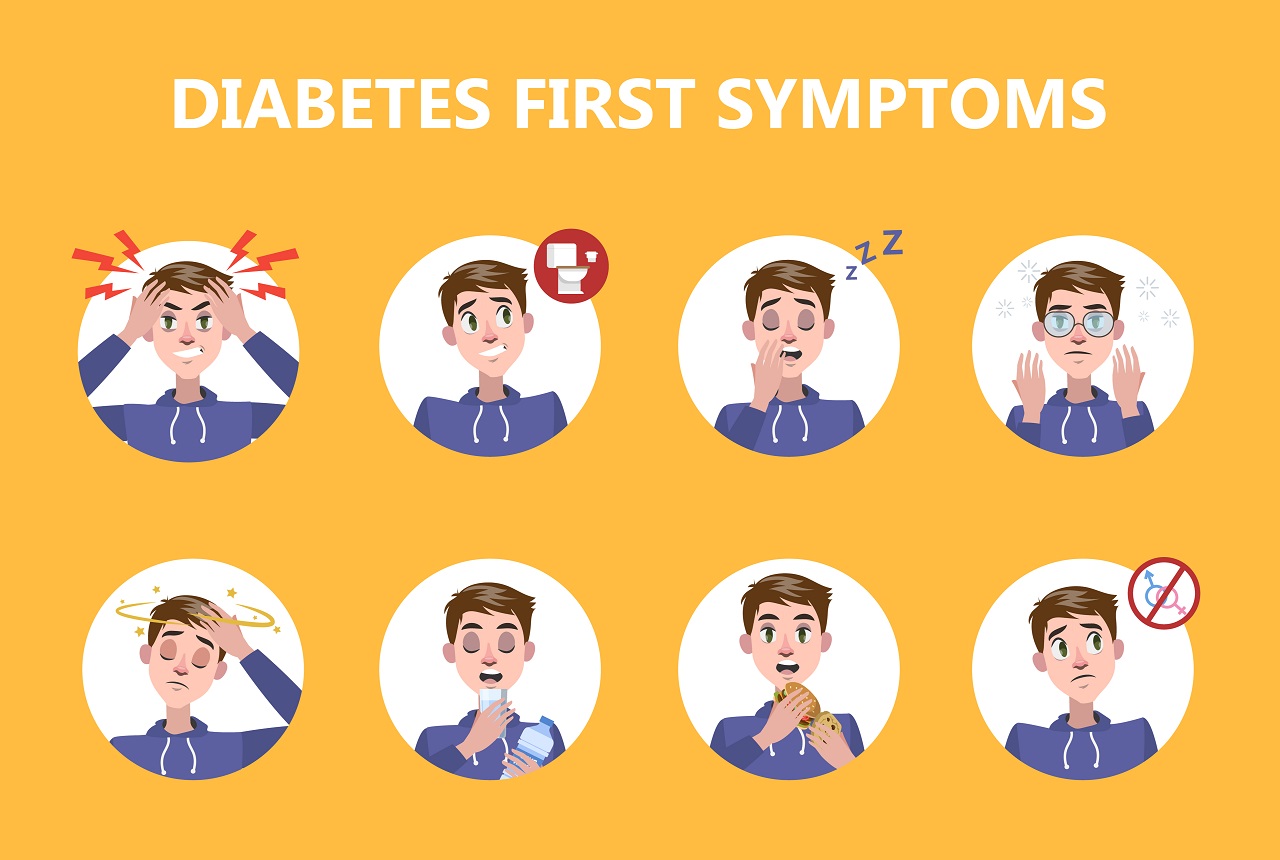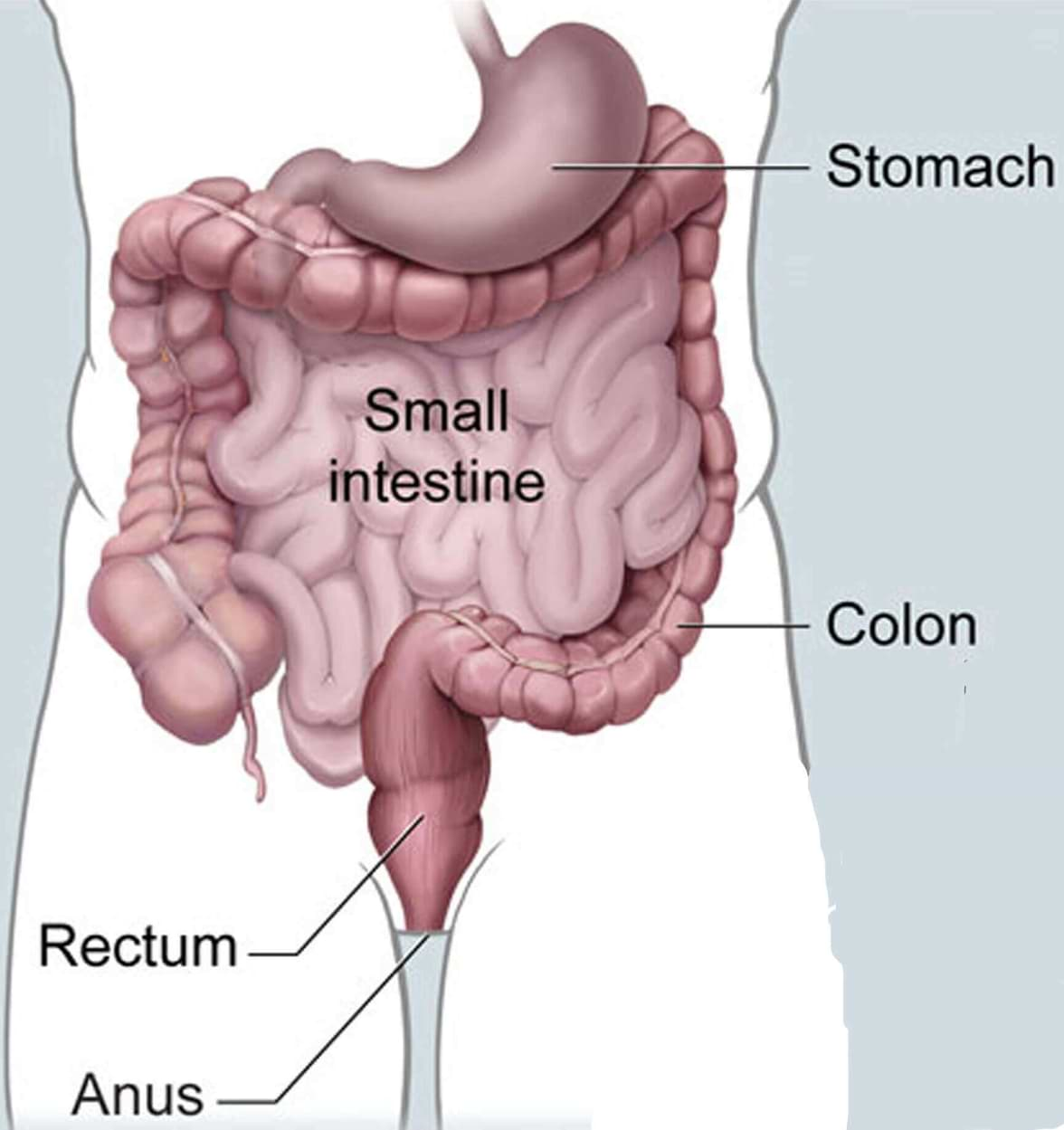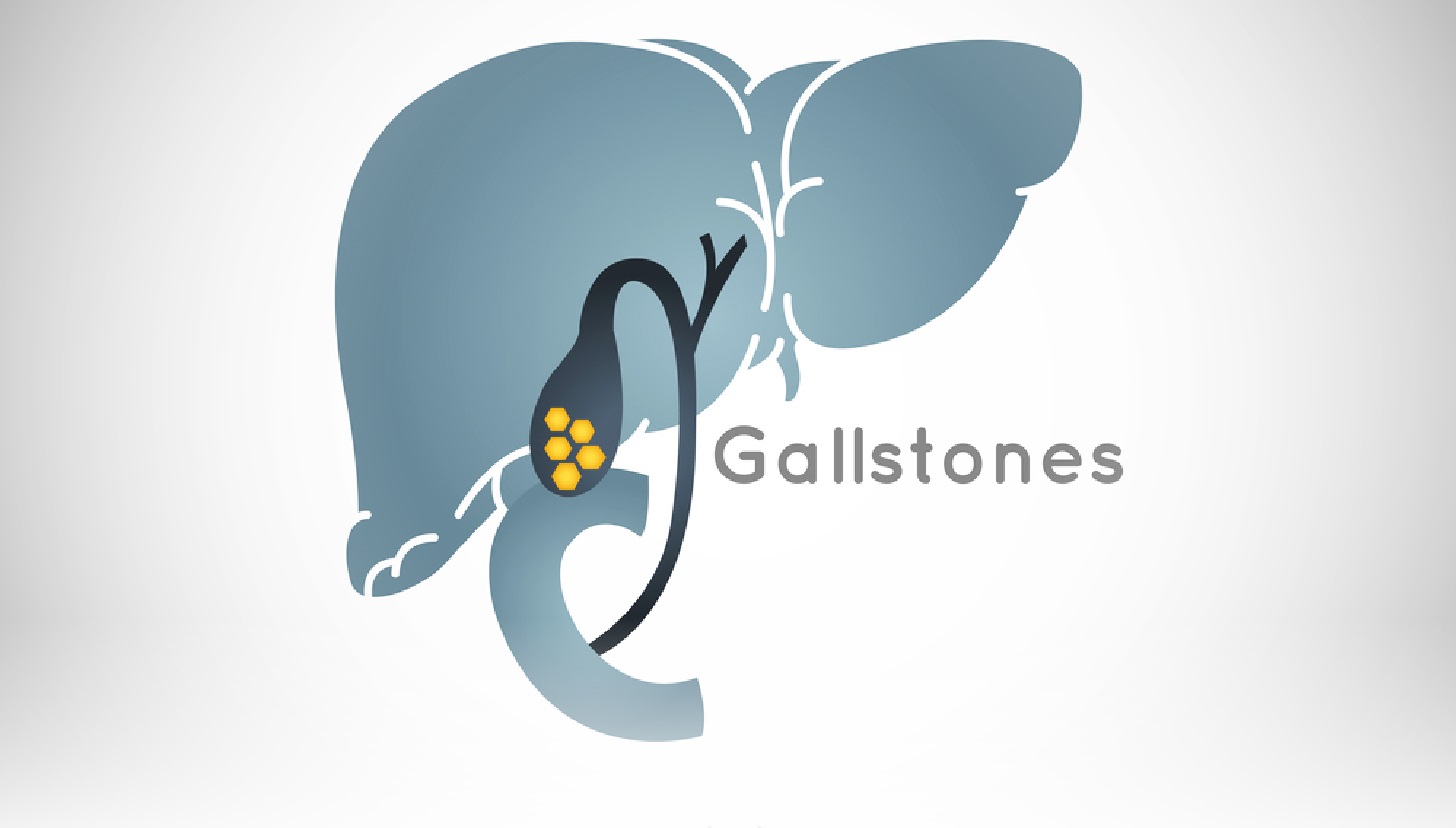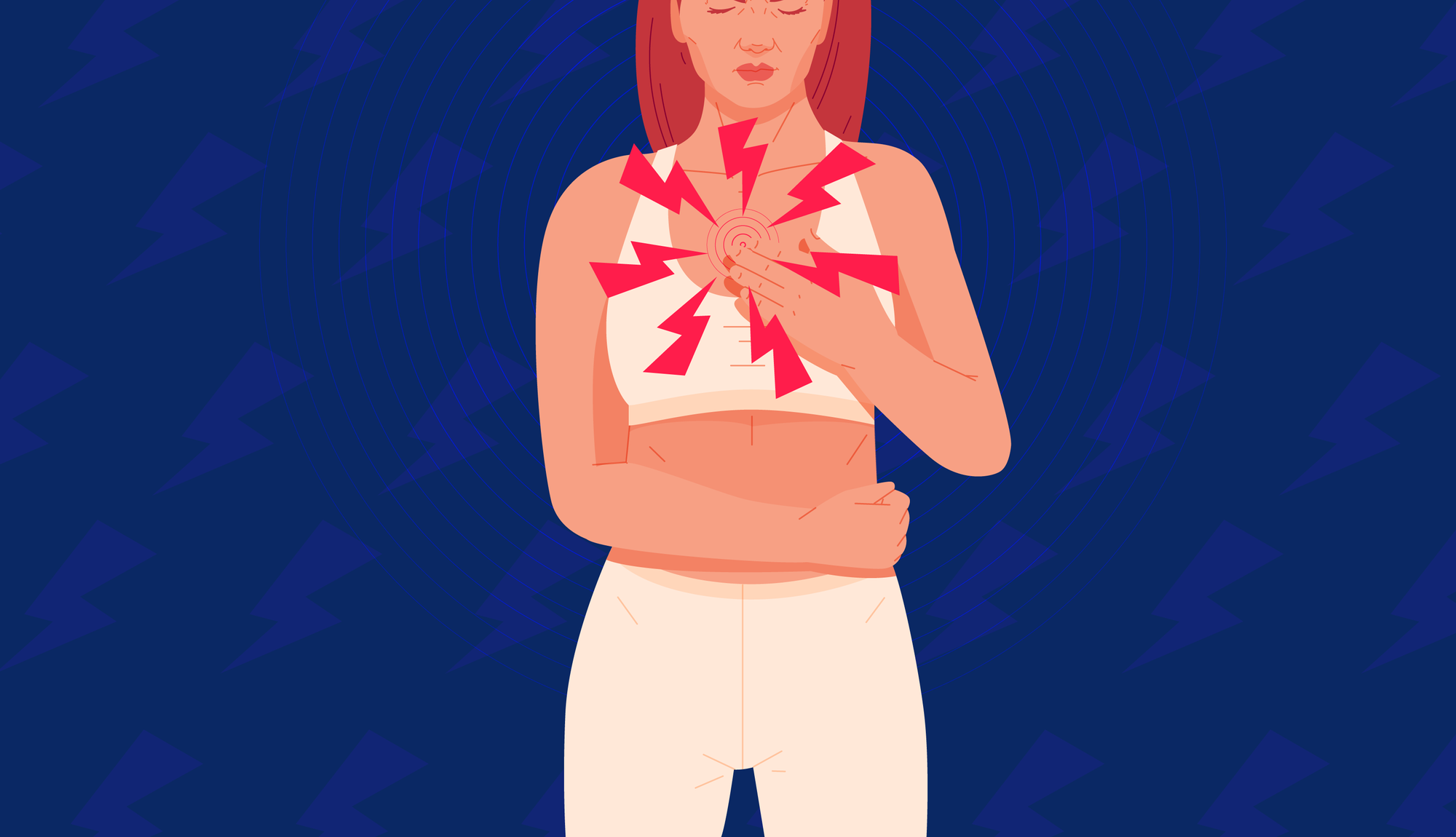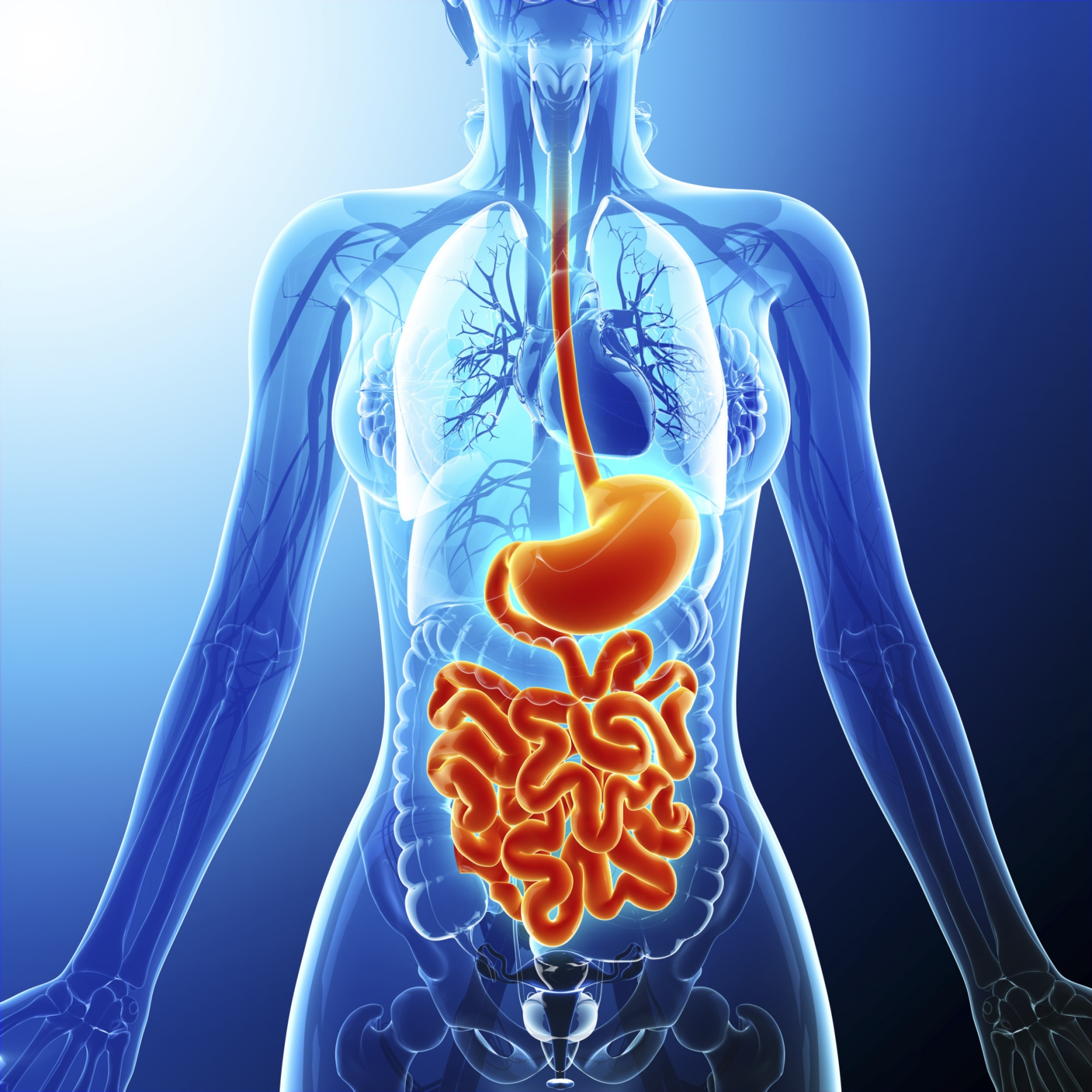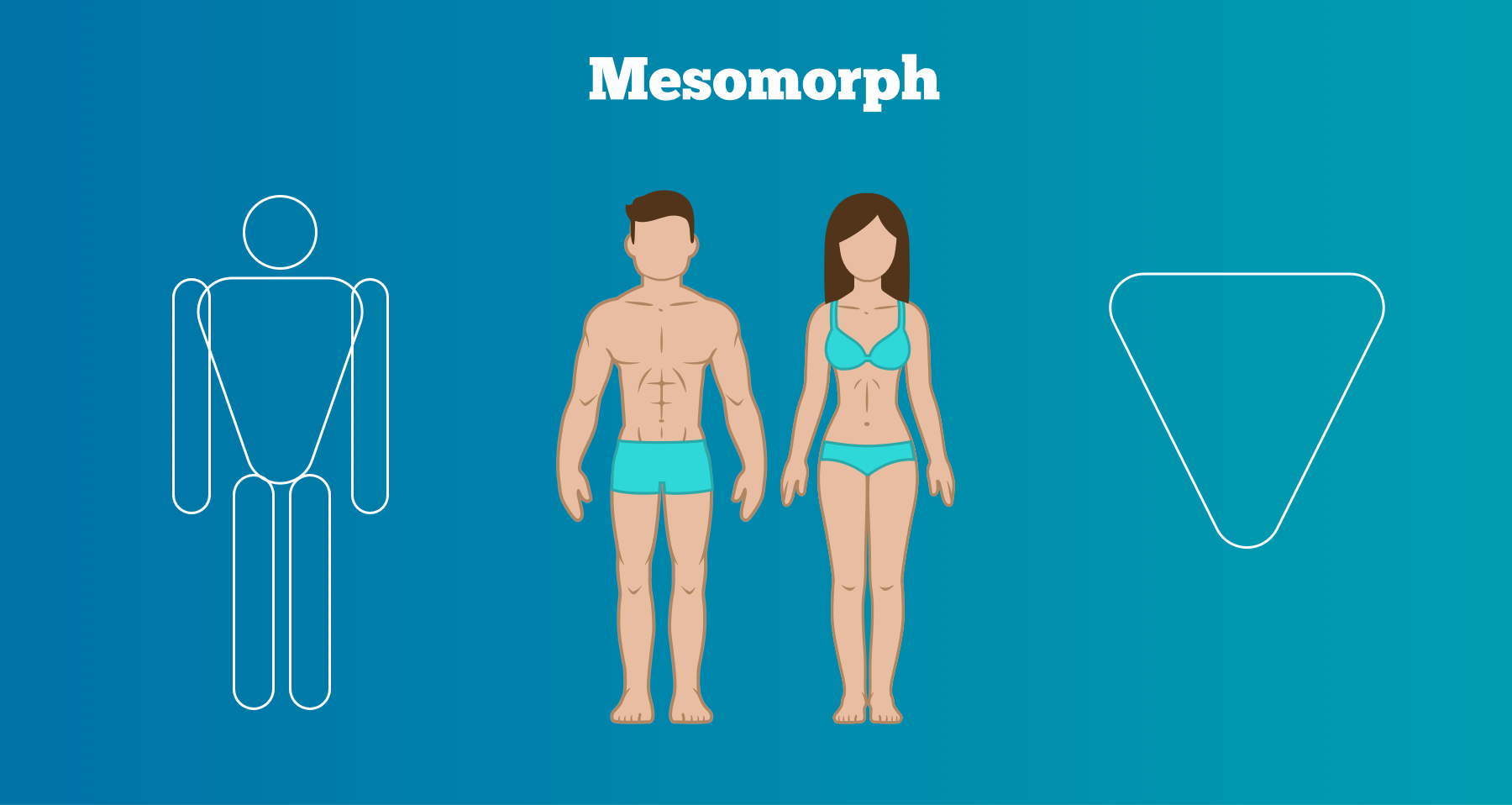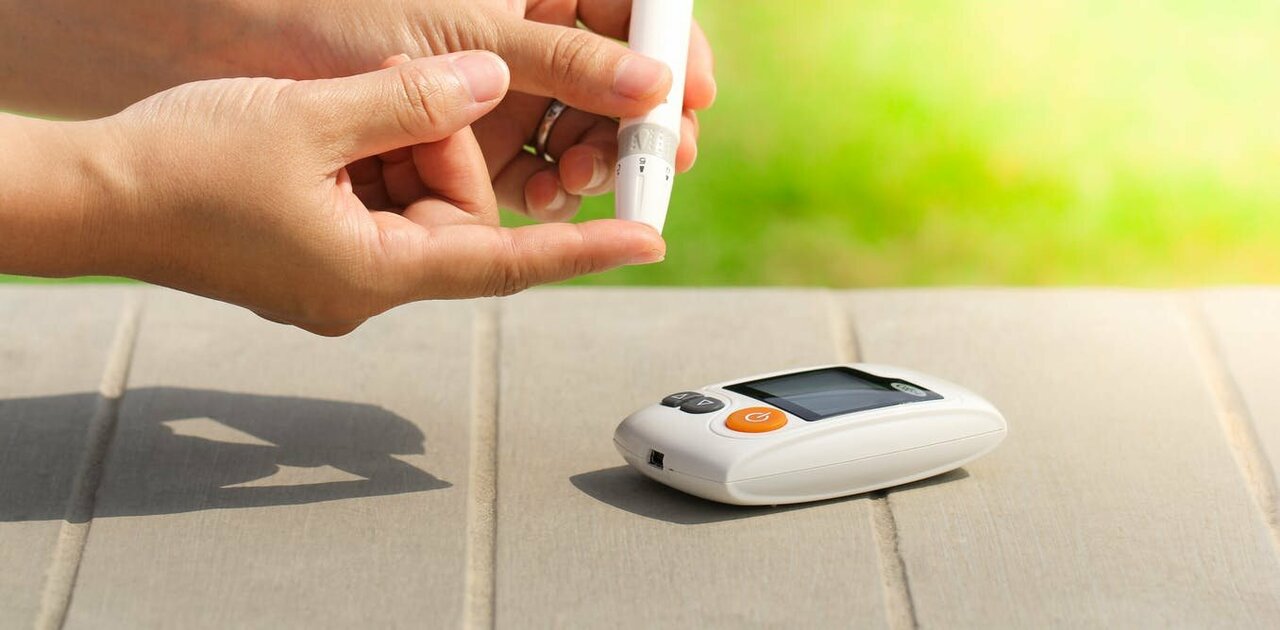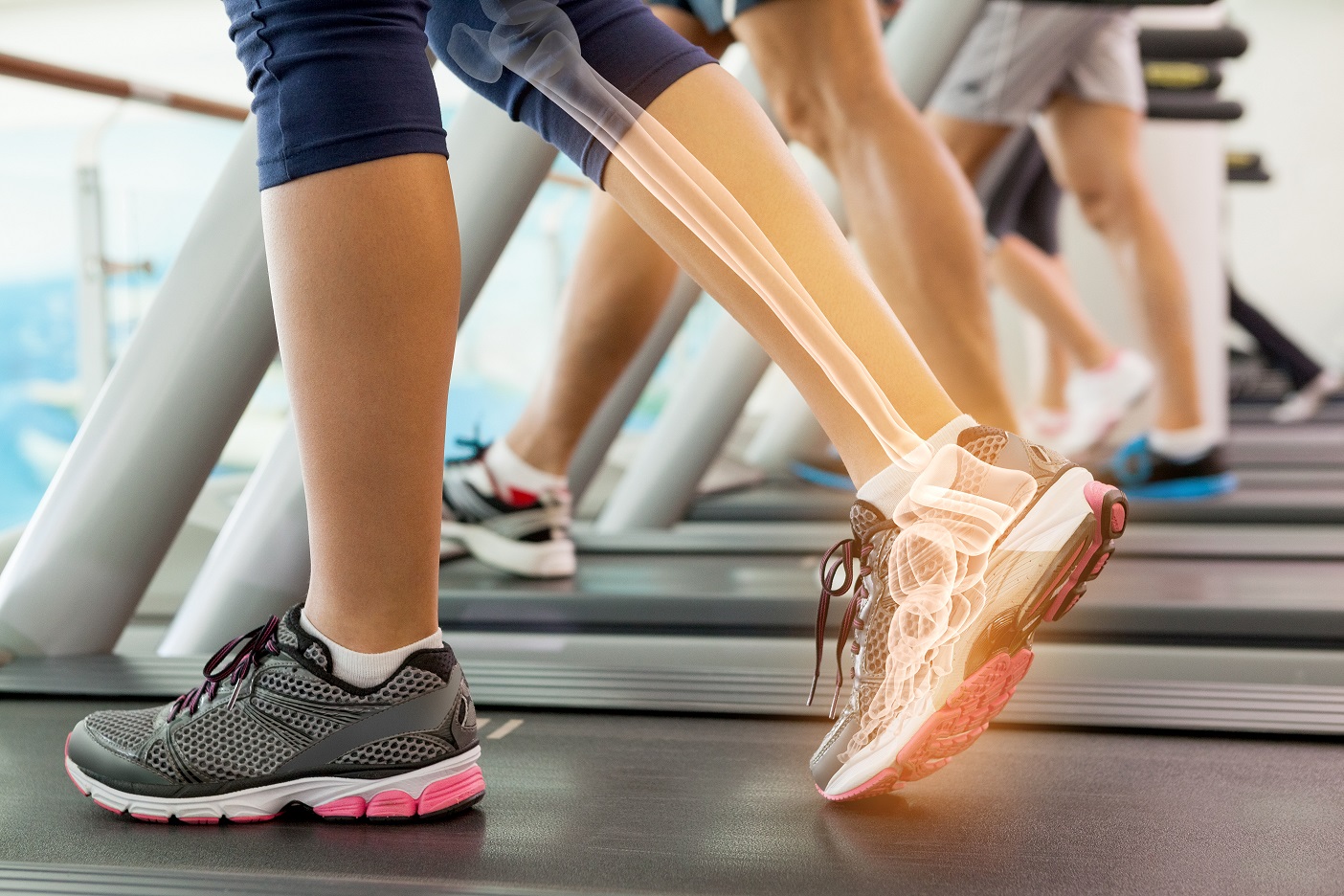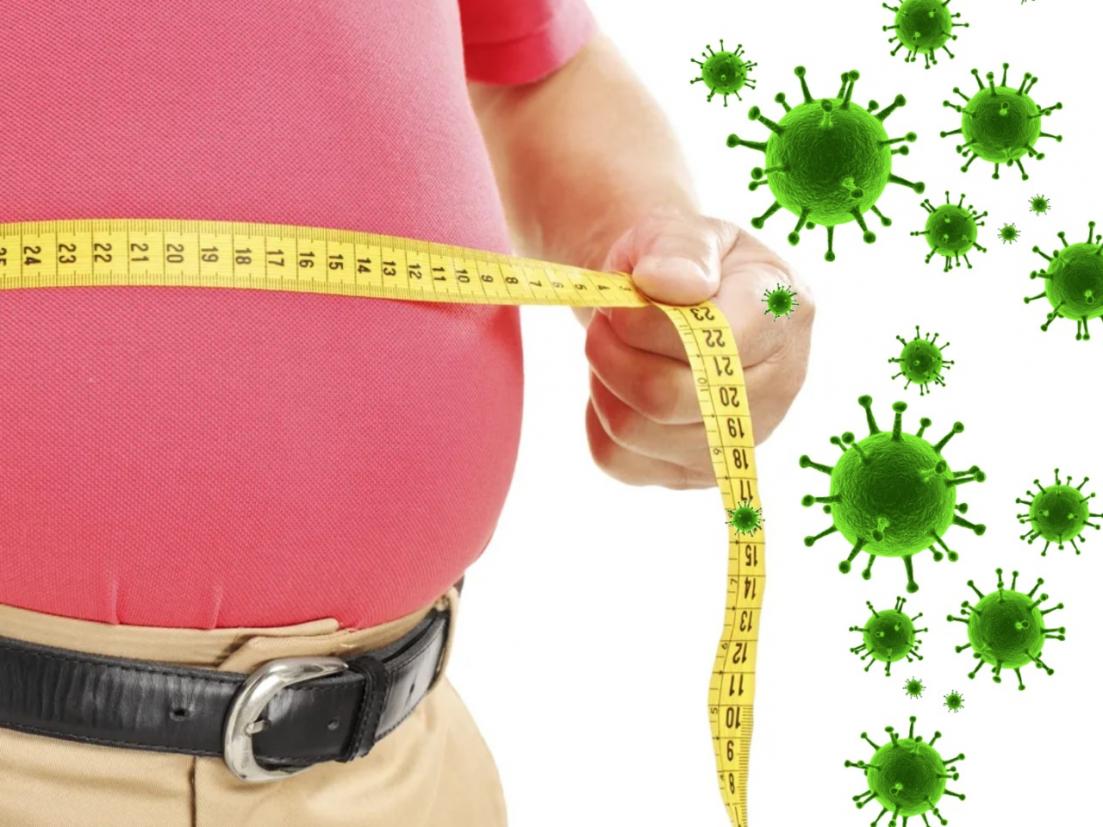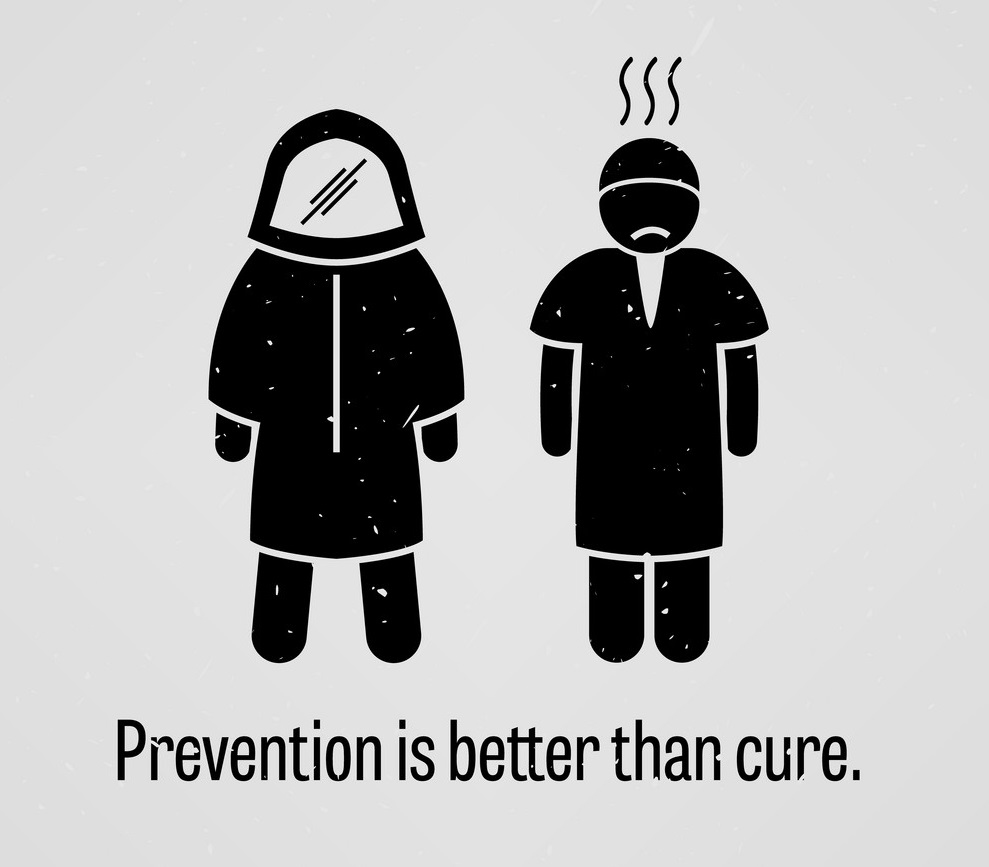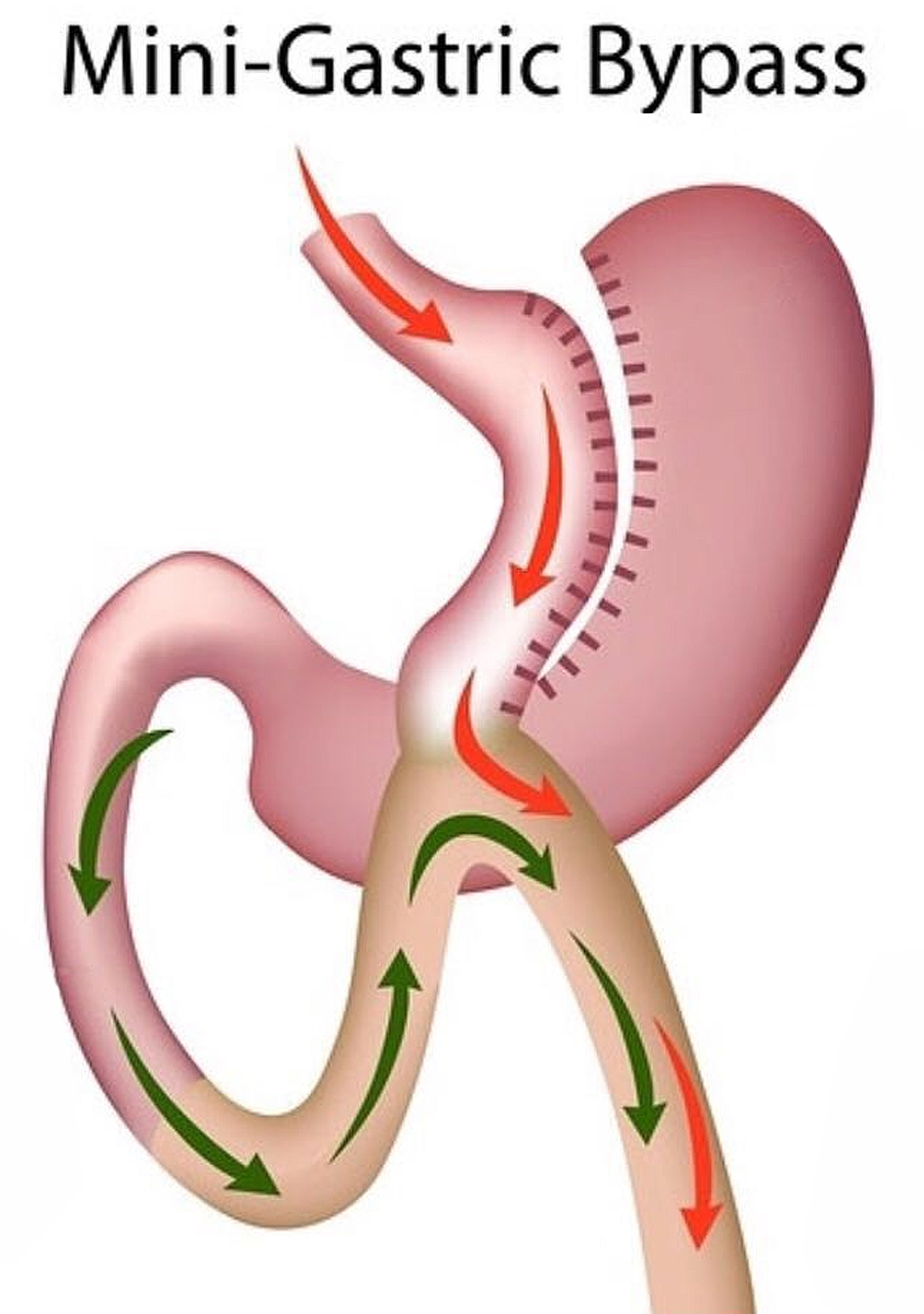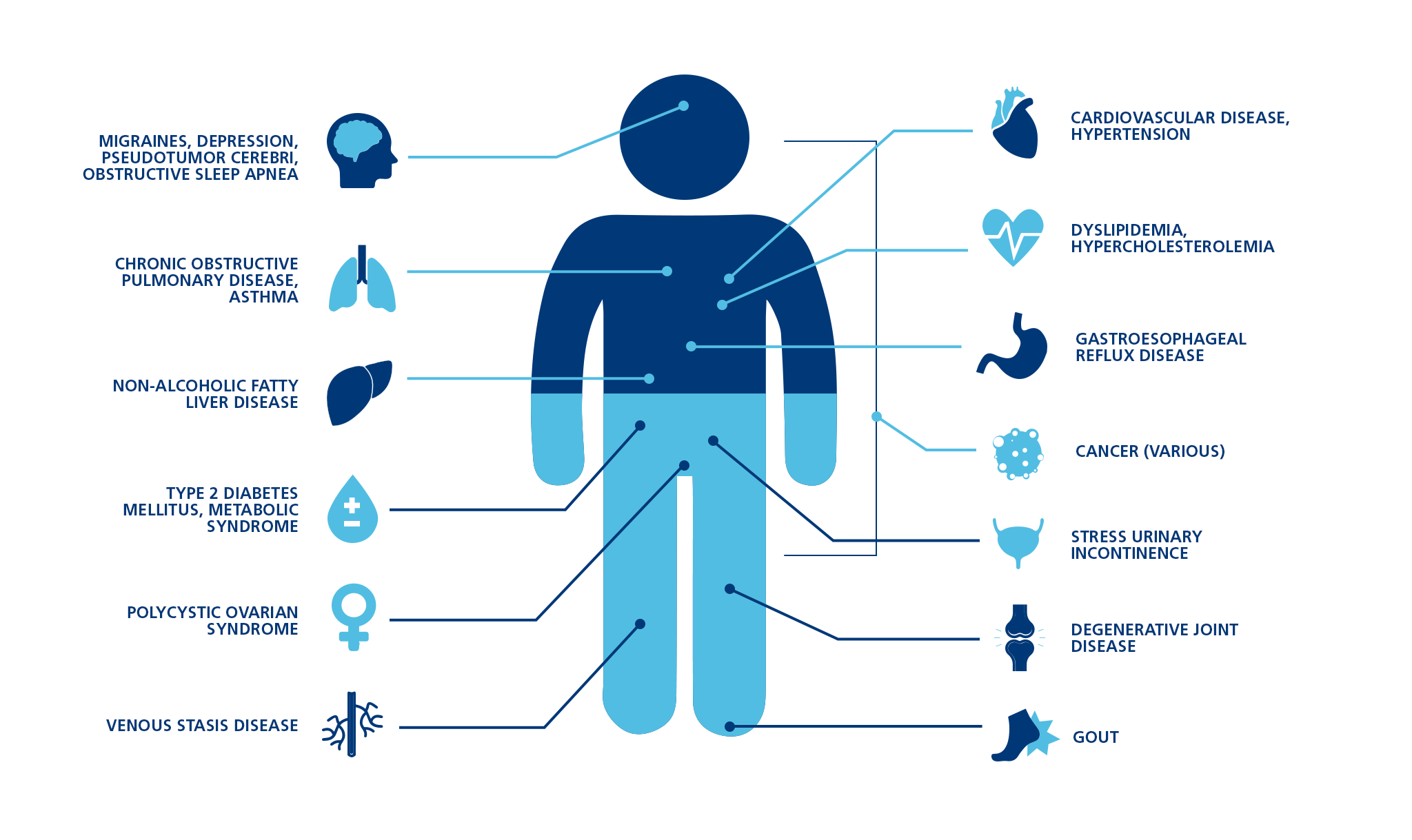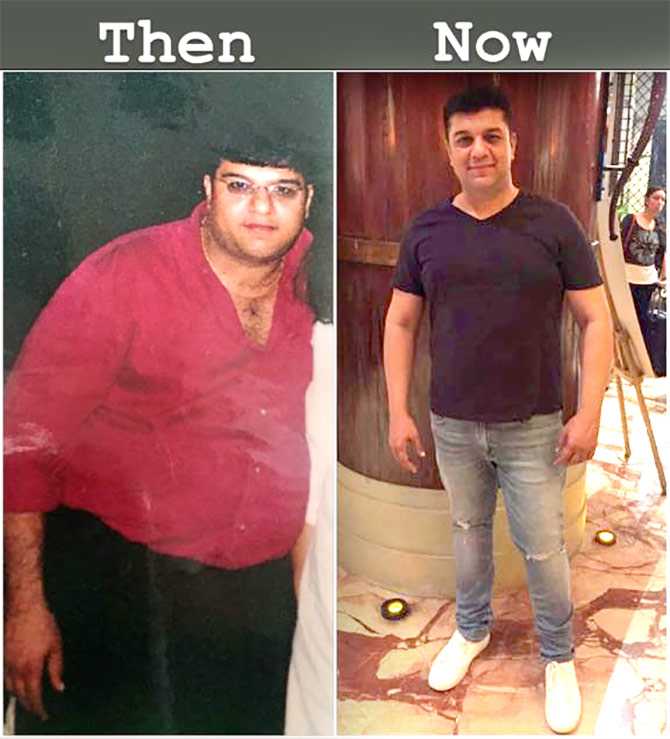Pancreas, Pancreas anatomy, pancreas conditions, pancreas treatment, pancreatitis, pancreatic cancer, pancreas care at home
Pancreas- Anatomy, Functions and Conditions
The pancreas contains glands that release substances to help with digestion and control blood sugar.
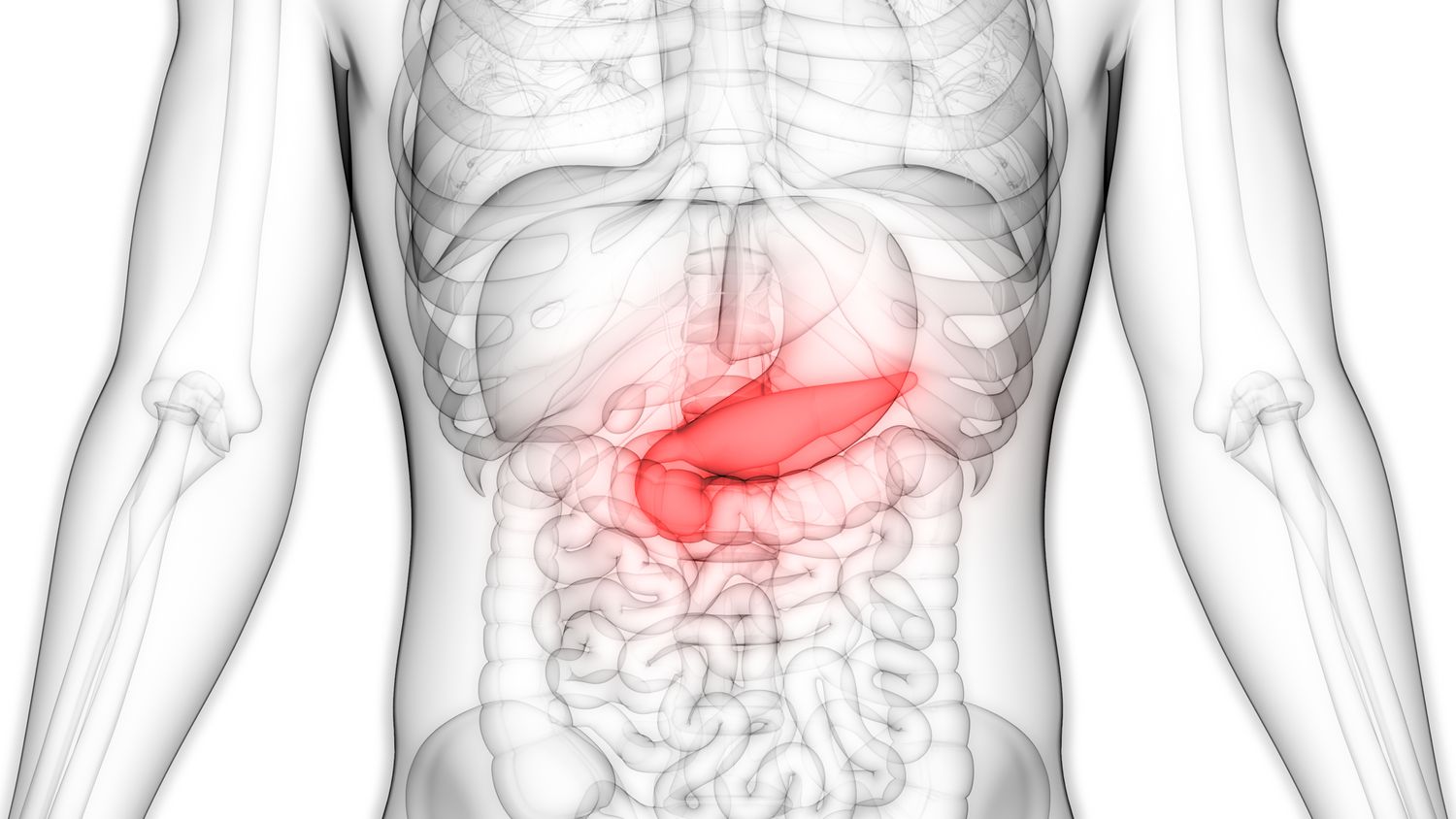
Overview
The pancreas is an organ located in the abdomen. It plays an essential role in converting the food we eat into fuel for the body's cells. The pancreas has two main functions: an exocrine function that helps in digestion and an endocrine function that regulates blood sugar.
What is the exocrine system?
The exocrine system consists of glands that make substances that travel through a duct (tube). Besides the pancreas, the exocrine system includes:
- Lacrimal glands (tear glands).
- Mammary glands.
- Mucous membranes.
- Prostate.
- Salivary glands.
- Sebaceous (oil) glands.
- Sweat glands.
What is the endocrine system?
The endocrine system consists of glands that release hormones into your blood. These glands control many of your body’s functions.
Besides the pancreas, your endocrine system includes the:
- Adrenal glands.
- Hypothalamus.
- Ovaries and testes.
- Parathyroid and thyroid gland.
- Pineal gland.
- Pituitary gland.
- Thymus.
Anatomy of the Pancreas
Where is the pancreas located?
Your pancreas sits behind your stomach and in front of your spine. Your gallbladder, liver and spleen surround your pancreas.
The right side of your body contains the head of your pancreas. This narrow organ lies along the first segment of your small intestine, called the duodenum. The left side of your body houses the tail of your pancreas.
How big is the pancreas?
The pancreas is about 6 inches long. It’s about the length of your hand.
What are the parts of the pancreas?
The pancreas anatomy includes:
- Head: The wider part of the pancreas that sits in the curve of your duodenum.
- Neck: The short part of the pancreas extending from the head.
- Body: The middle part of the pancreas between the head and neck, which extends upward.
- Tail: The thinnest part of the pancreas, located near your spleen.
Several major blood vessels surround the pancreas, the superior mesenteric artery, the superior mesenteric vein, the portal vein and the celiac axis, supplying blood to the pancreas and other abdominal organs.
Almost all of the pancreas (95%) consists of exocrine tissue that produces pancreatic enzymes for digestion. The remaining tissue consists of endocrine cells called islets of Langerhans. These clusters of cells look like grapes and produce hormones that regulate blood sugar and regulate pancreatic secretions.
Functions of the Pancreas
A healthy pancreas produces the correct chemicals in the proper quantities, at the right times, to digest the foods we eat.
Exocrine Function
The pancreas contains exocrine glands that produce enzymes important to digestion. These enzymes include trypsin and chymotrypsin to digest proteins; amylase for the digestion of carbohydrates; and lipase to break down fats. When food enters the stomach, these pancreatic juices are released into a system of ducts that culminate in the main pancreatic duct. The pancreatic duct joins the common bile duct to form the ampulla of Vater which is located at the first portion of the small intestine, called the duodenum. The common bile duct originates in the liver and the gallbladder and produces another important digestive juice called bile. The pancreatic juices and bile that are released into the duodenum, help the body to digest fats, carbohydrates, and proteins.
Endocrine Function
The endocrine component of the pancreas consists of islet cells (islets of Langerhans) that create and release important hormones directly into the bloodstream. Two of the main pancreatic hormones are insulin, which acts to lower blood sugar, and glucagon, which acts to raise blood sugar. Maintaining proper blood sugar levels is crucial to the functioning of key organs including the brain, liver, and kidneys.
Can a person live without a pancreas?
Yes, you can live without your pancreas. However, you will need to take enzyme pills to digest food and insulin shots to control your blood sugar for the rest of your life. Though pancreatic removal is rare, surgeons may remove your entire pancreas if you have pancreatic cancer, major injury to your pancreas or severe pancreatitis.
Diseases of the Pancreas
Disorders affecting the pancreas include pancreatitis or pancreatic cancer or other related conditions. Each disorder may exhibit different symptoms and requires different treatments.
ACUTE OR CHRONIC PANCREATITIS
Pancreatitis is inflammation of the pancreas that occurs when pancreatic enzyme secretions build up and begin to digest the organ itself. It can occur as acute painful attacks lasting a matter of days, or it may be a chronic condition that progresses over a period of years.
Learn more about pancreatitis- its causes, treatment options, prevention, and more.
CALCIFIC CHRONIC PANCREATITIS
Chronic calcifying/calcific pancreatitis (CCP) is a special form of chronic pancreatitis that is associated with pancreatic stones.
This is also known as Tropical calcific pancreatitis (TCP) as it occurs in children and young adults in tropics and has features that distinguish it from alcoholic calcific pancreatitis (ACP) seen in developed countries of the subtropics. In India, it’s very common in southern part but also seen in other northern & western India.
Learn more about CCP- risk factors, treatment options, and more.
Pancreatic Cancer
Cancerous cells in the pancreas cause pancreatic cancer. Pancreatic cancer can be difficult to detect and treat.
Learn more about pancreatic cancer- risk factors, treatment options, and more.
Tests and Treatments of the pancreas
What are common tests to check the health of the pancreas?
The position of the pancreas deep in your abdomen makes it difficult to check through a physical evaluation. Your provider may use surgery to look for problems in your pancreas.
Your healthcare provider may also use pancreas function tests including:
- Abdominal ultrasound or endoscopic ultrasound.
- Angiography.
- Blood tests.
- CAT (computed tomography) scan.
- ERCP (endoscopic retrograde cholangiopancreatograpy) or MRCP (magnetic resonance cholangiopancreatography).
- Fecal elastase test.
- Magnetic resonance imaging (MRI).
- Secretin pancreatic function test.
How are the pancreas problems treated?
Healthcare providers treat pancreas conditions in different ways, depending on the condition:
- Diabetes: Insulin replacement.
- Pancreatic cancer: Chemotherapy, radiation and surgery.
- Pancreatitis: Dietary changes, medications and sometimes surgery.
Some people may need a pancreas transplant or pancreatectomy (surgical removal of some or all of the pancreas). Less commonly, people may have a transplant of islets of Langerhans cells (pancreatic cells that make insulin and glucagon) into the liver to maintain insulin function.
How to CARE for your pancreas
How can I keep my pancreas healthy?
You can help reduce your risk of pancreatic conditions by:
- Maintaining a healthy weight. Regular exercise and avoiding weight gain can help prevent Type 2 diabetes and gallstones that can cause pancreatitis.
- Eating a low-fat diet. High fat intake can lead to gallstones, which can cause pancreatitis. Being overweight is also a risk factor for pancreatic cancer.
- Watching your alcohol intake. Drinking alcohol can increase your risk of pancreatitis and pancreatic cancer.
- Quitting smoking. Using tobacco, along with cigar smoking and smokeless tobacco products, can raise your risk of pancreatic cancer and chronic pancreatitis.
- Getting regular checkups. Seeing your healthcare provider for regular exams can help find early signs of conditions such as pancreatic cancer and pancreatitis.
When to call a doctor
If you have symptoms that don’t go away or keep coming back, you should talk to a healthcare provider. Signs of pancreas problems may include:
- Belly or back pain.
- Blurry vision.
- Dark urine or light-colored, greasy stools.
- Exhaustion without an obvious cause.
- Extreme thirst or frequent urination.
- Nausea or vomiting.
- Tingling in your hands or feet.
- Weight loss without a change in diet or exercise.
- Yellowing of the eyes and skin (jaundice).

